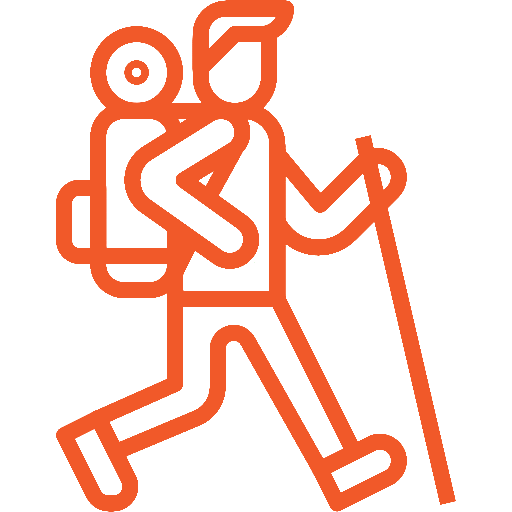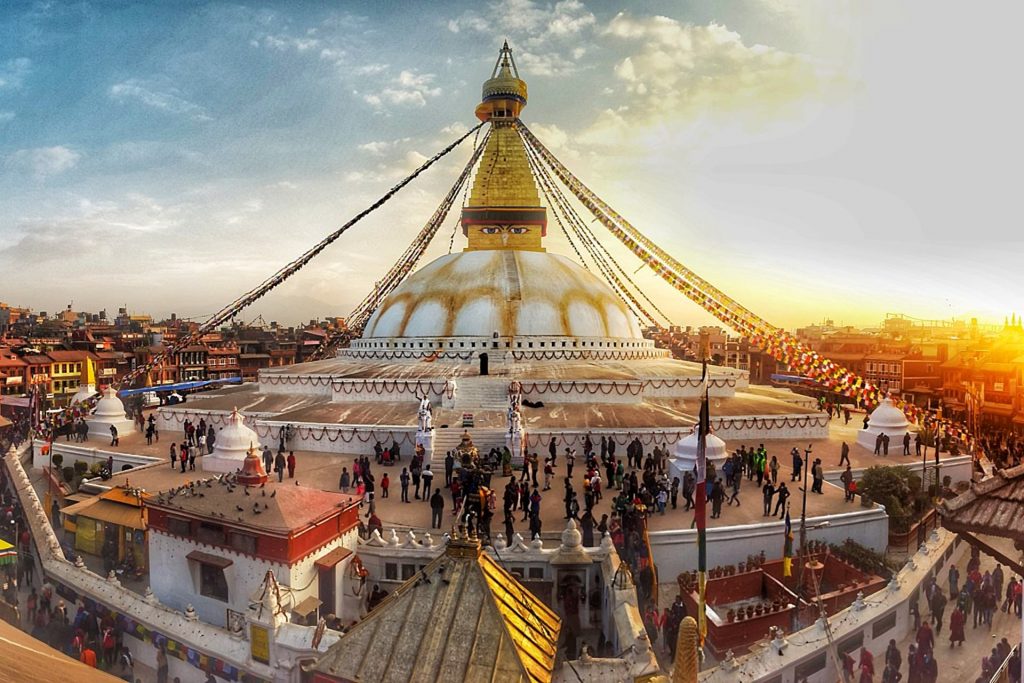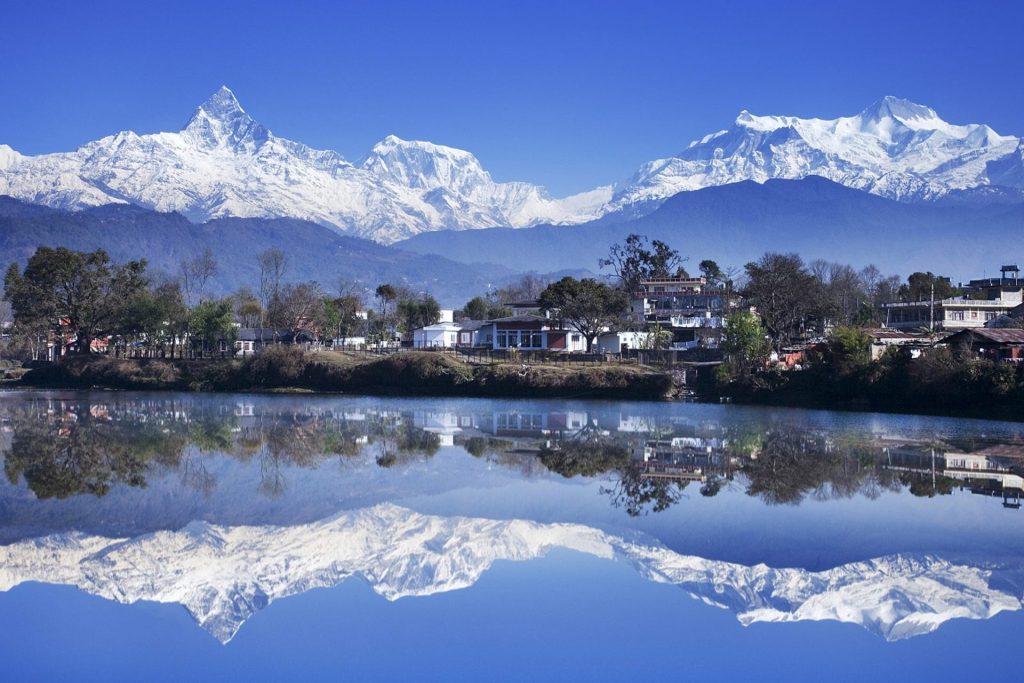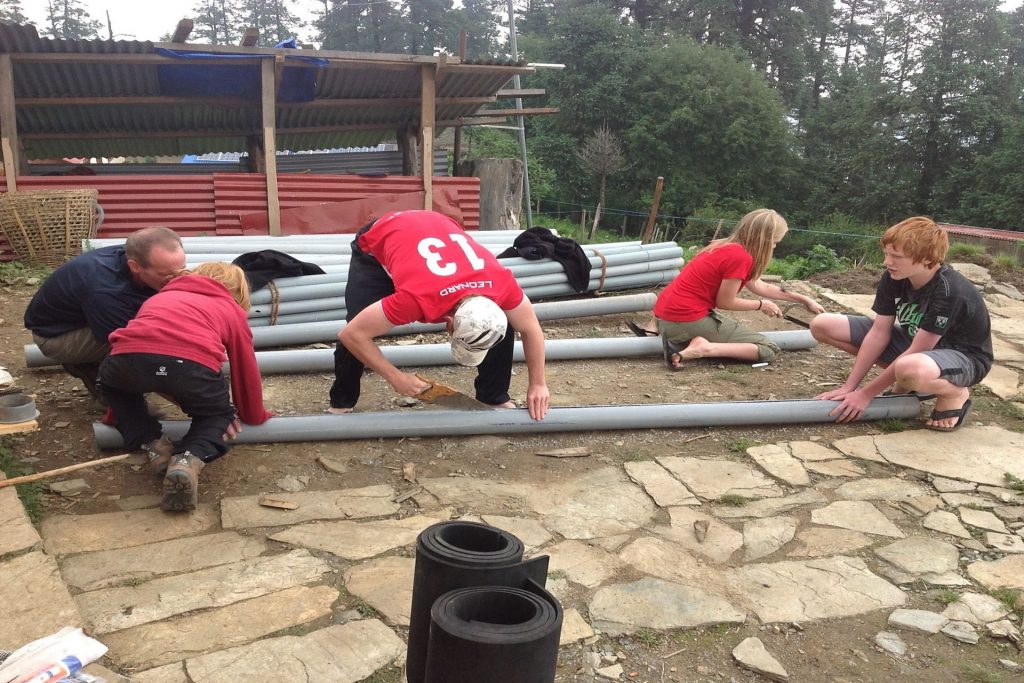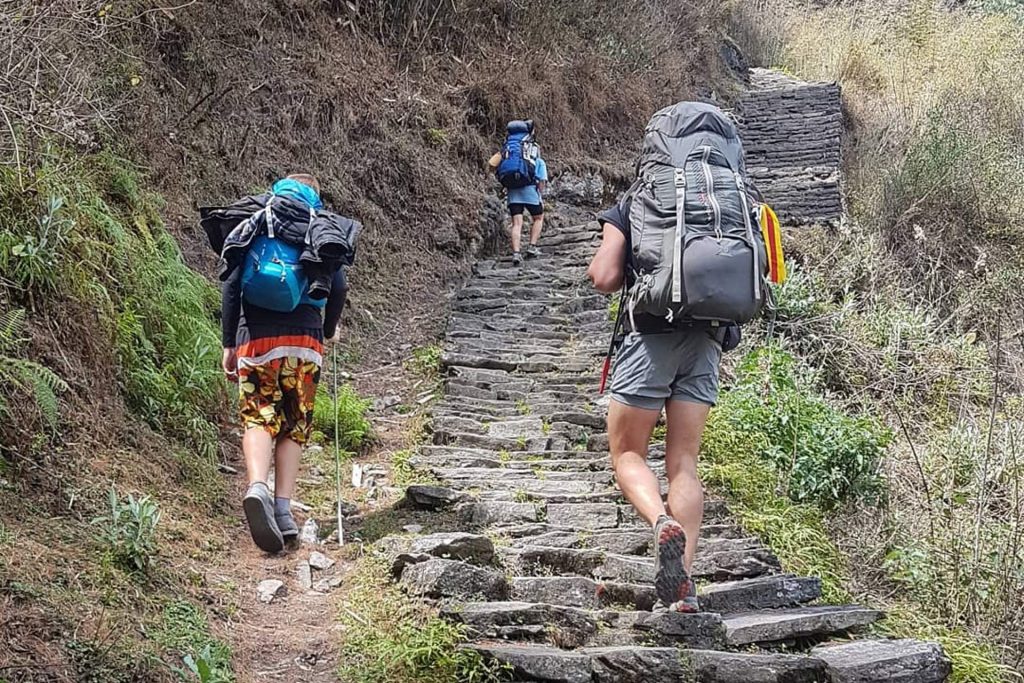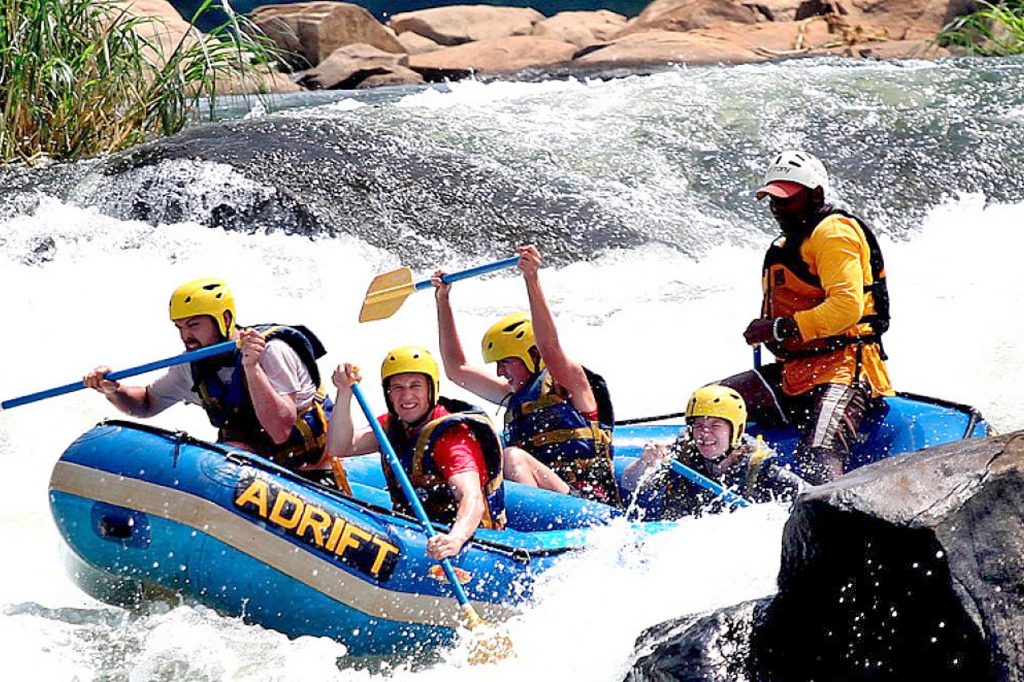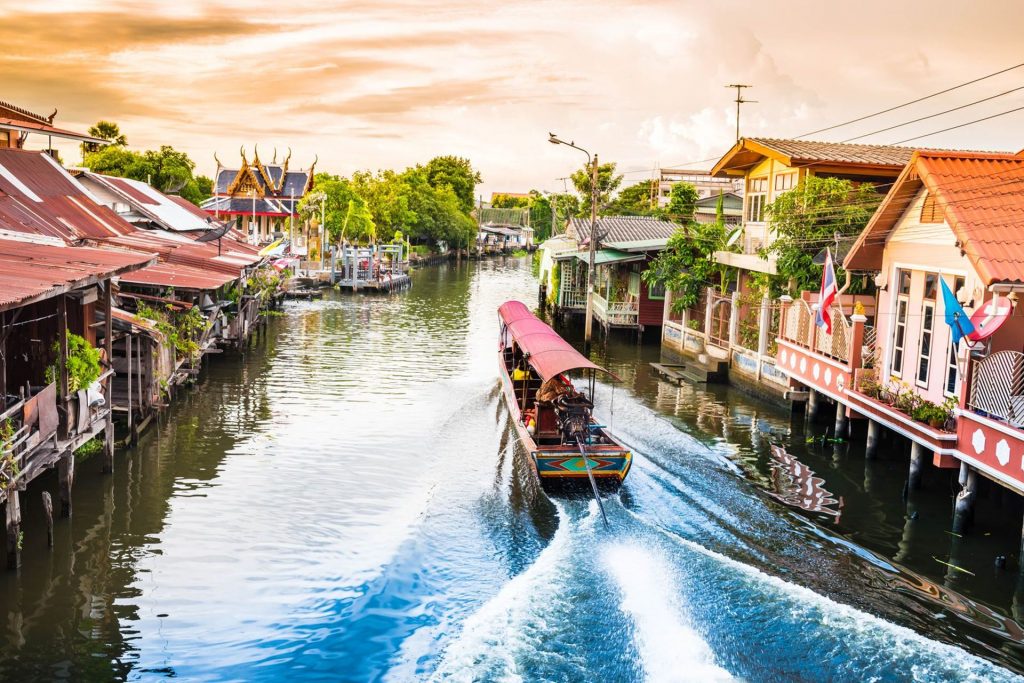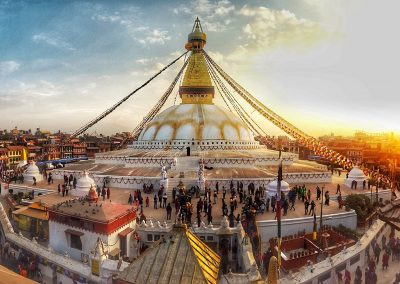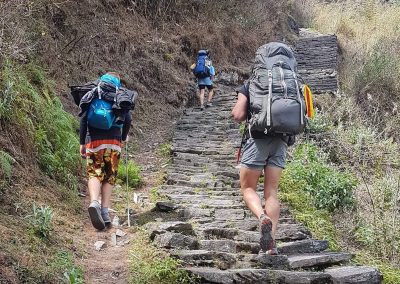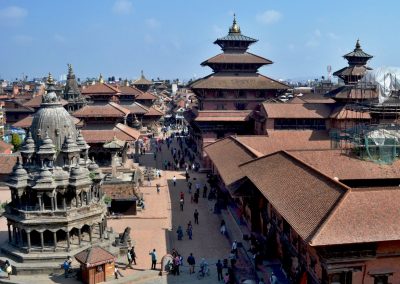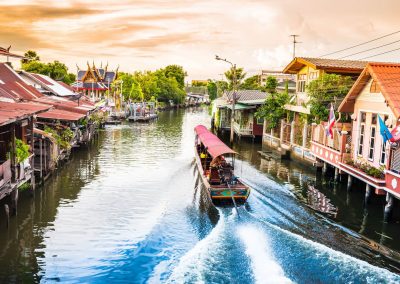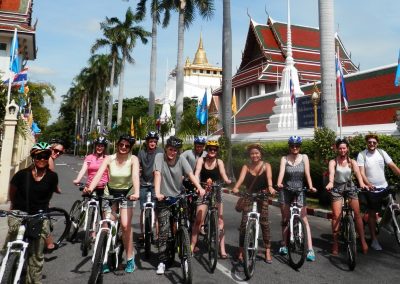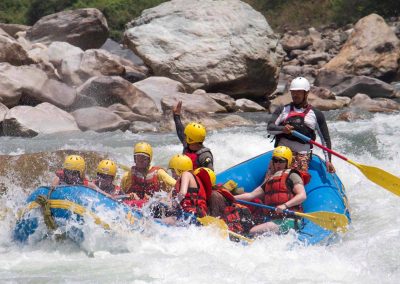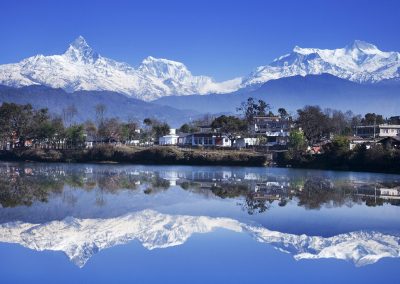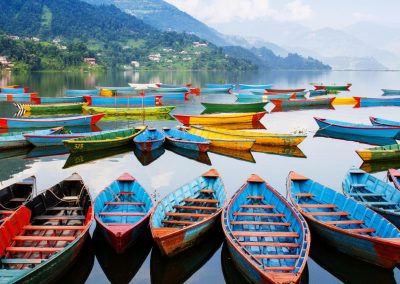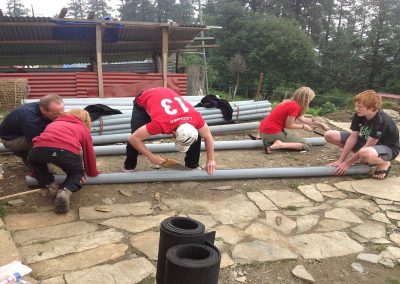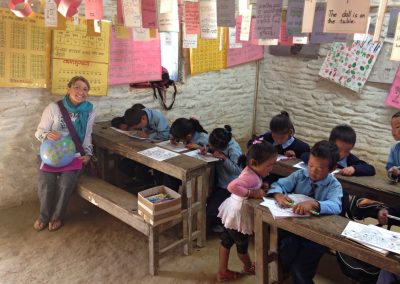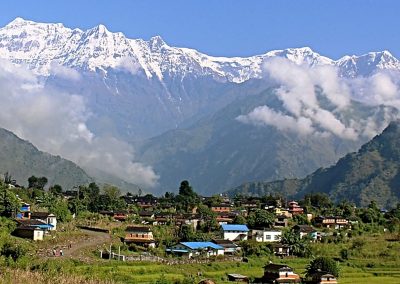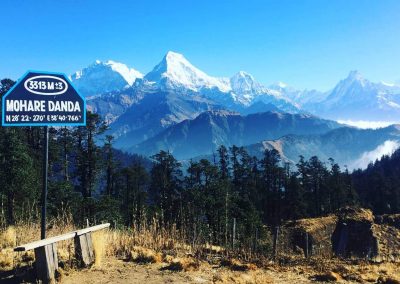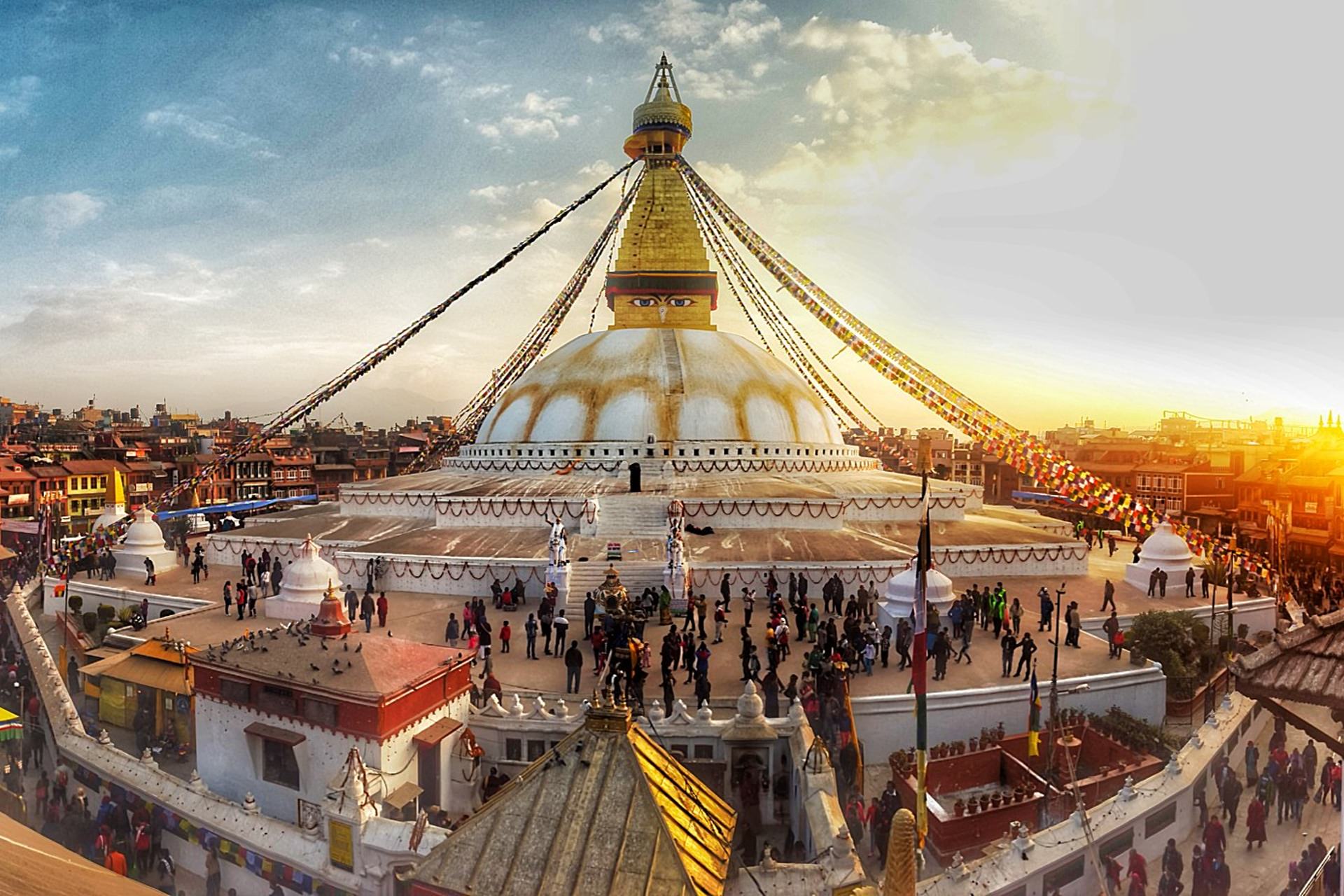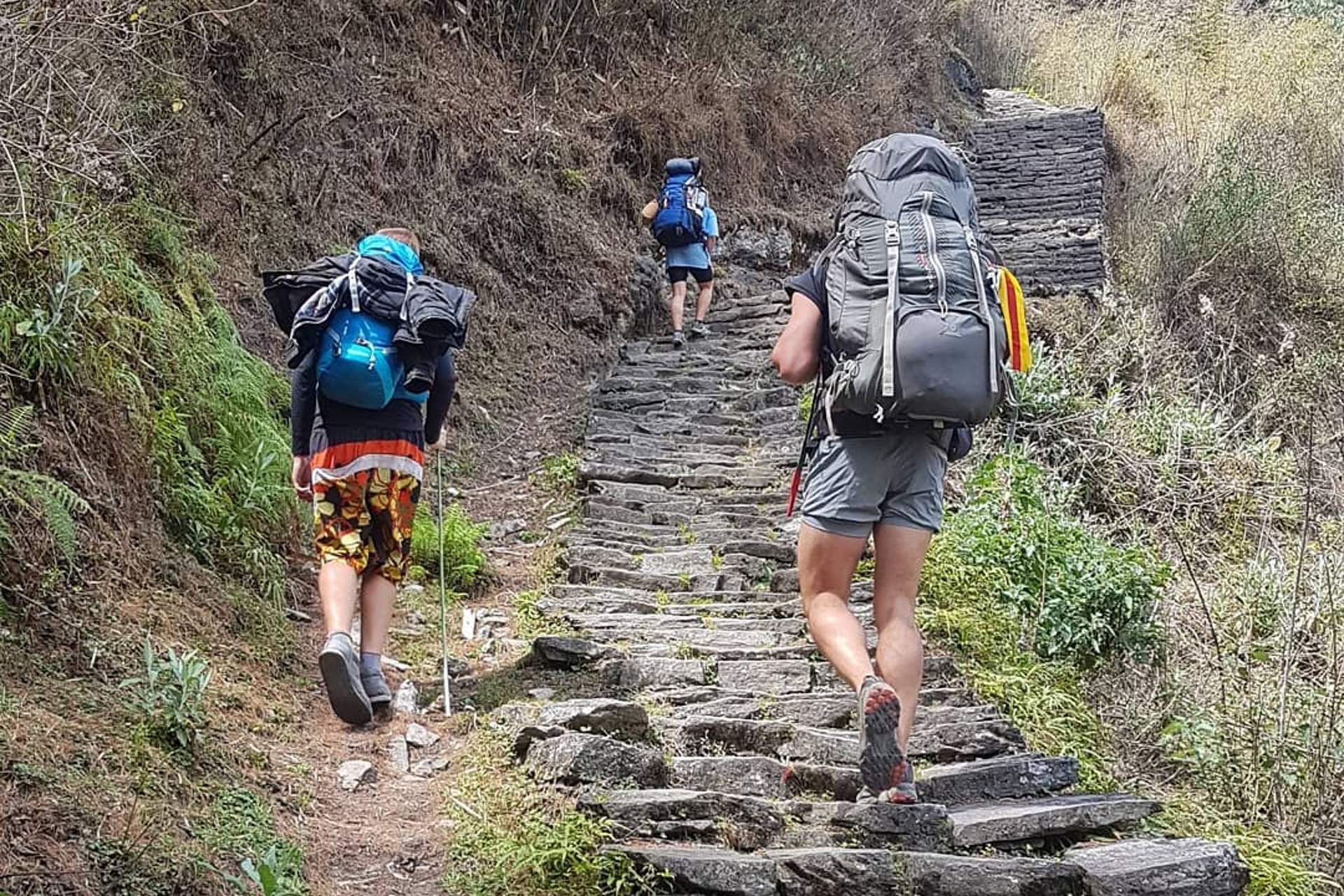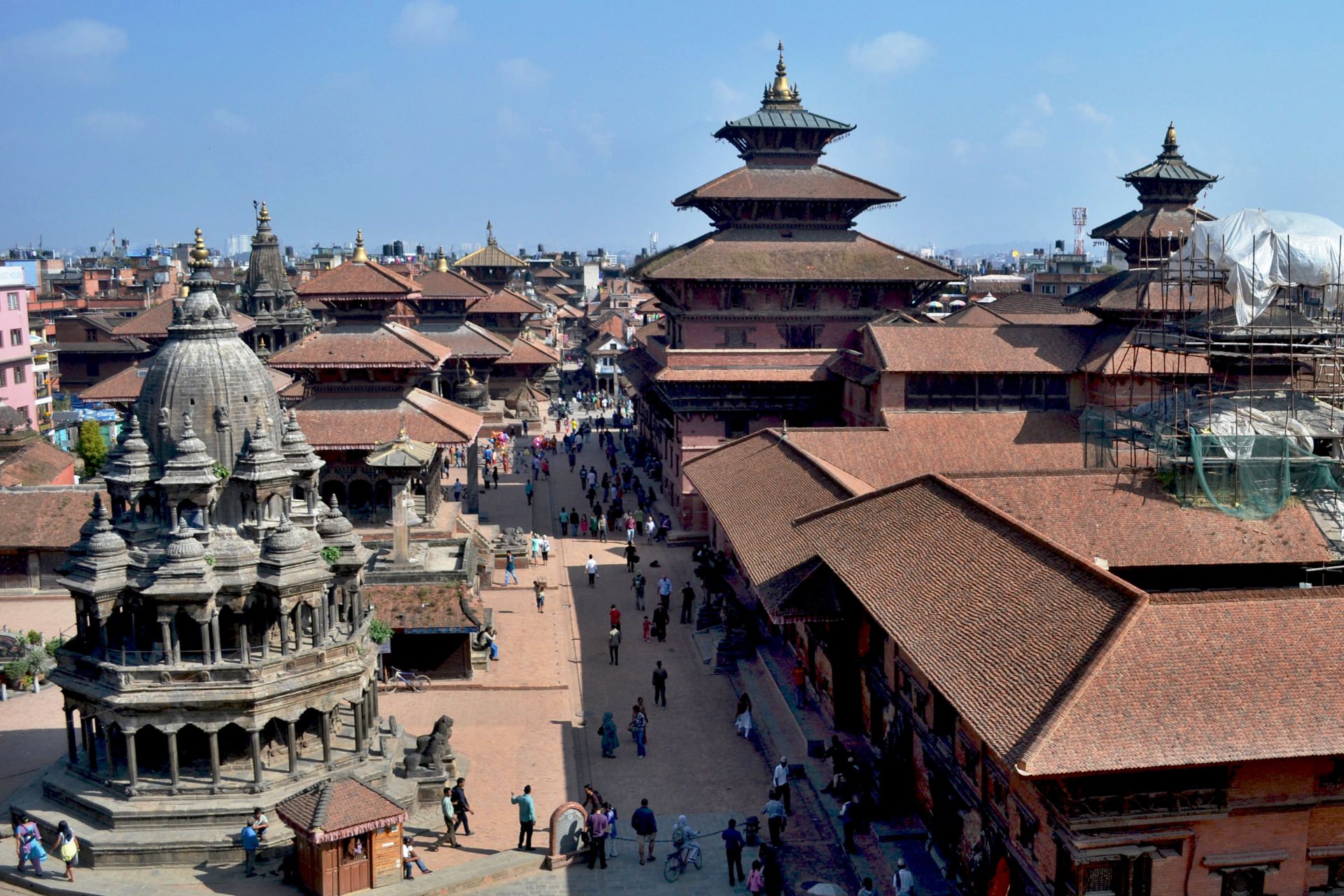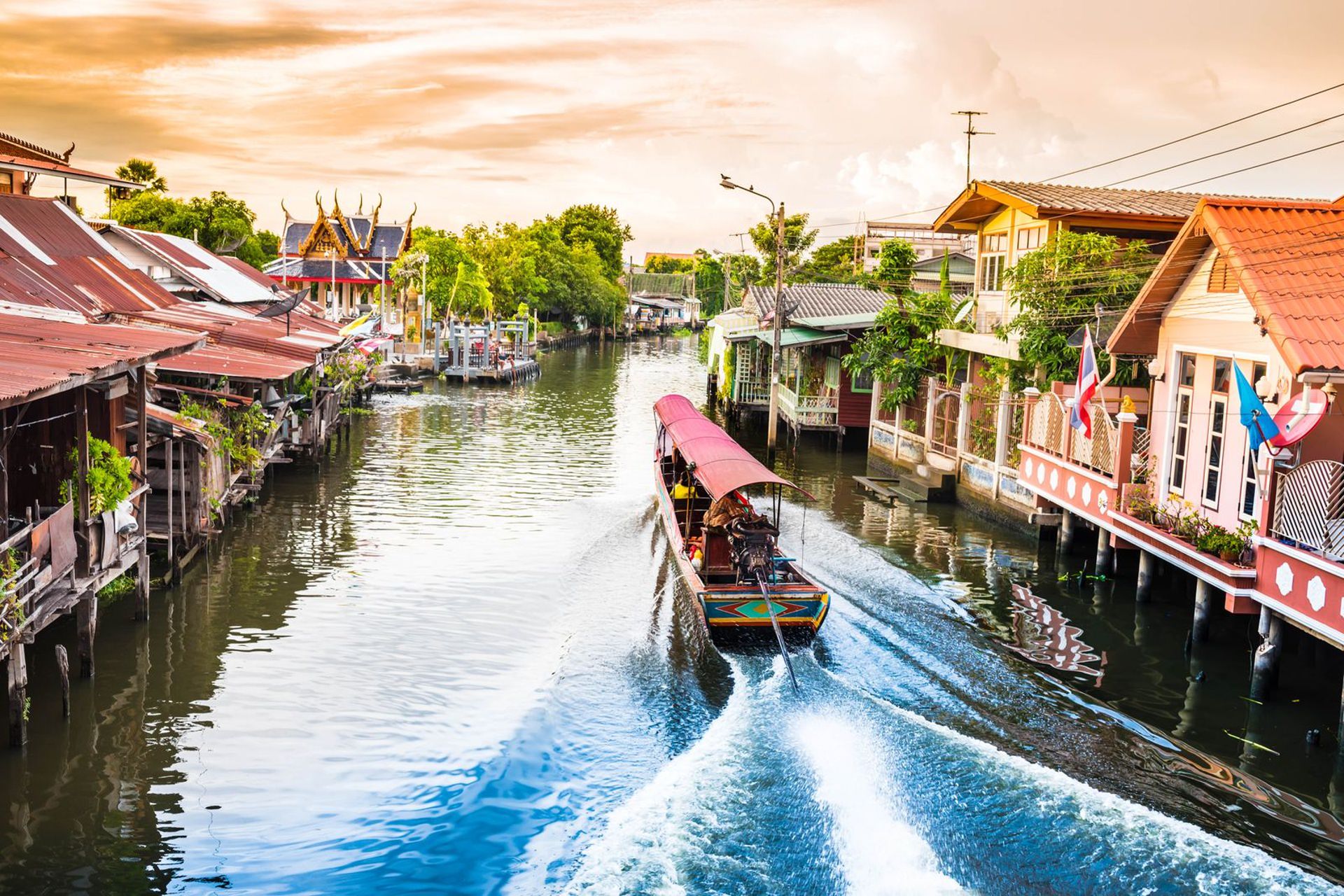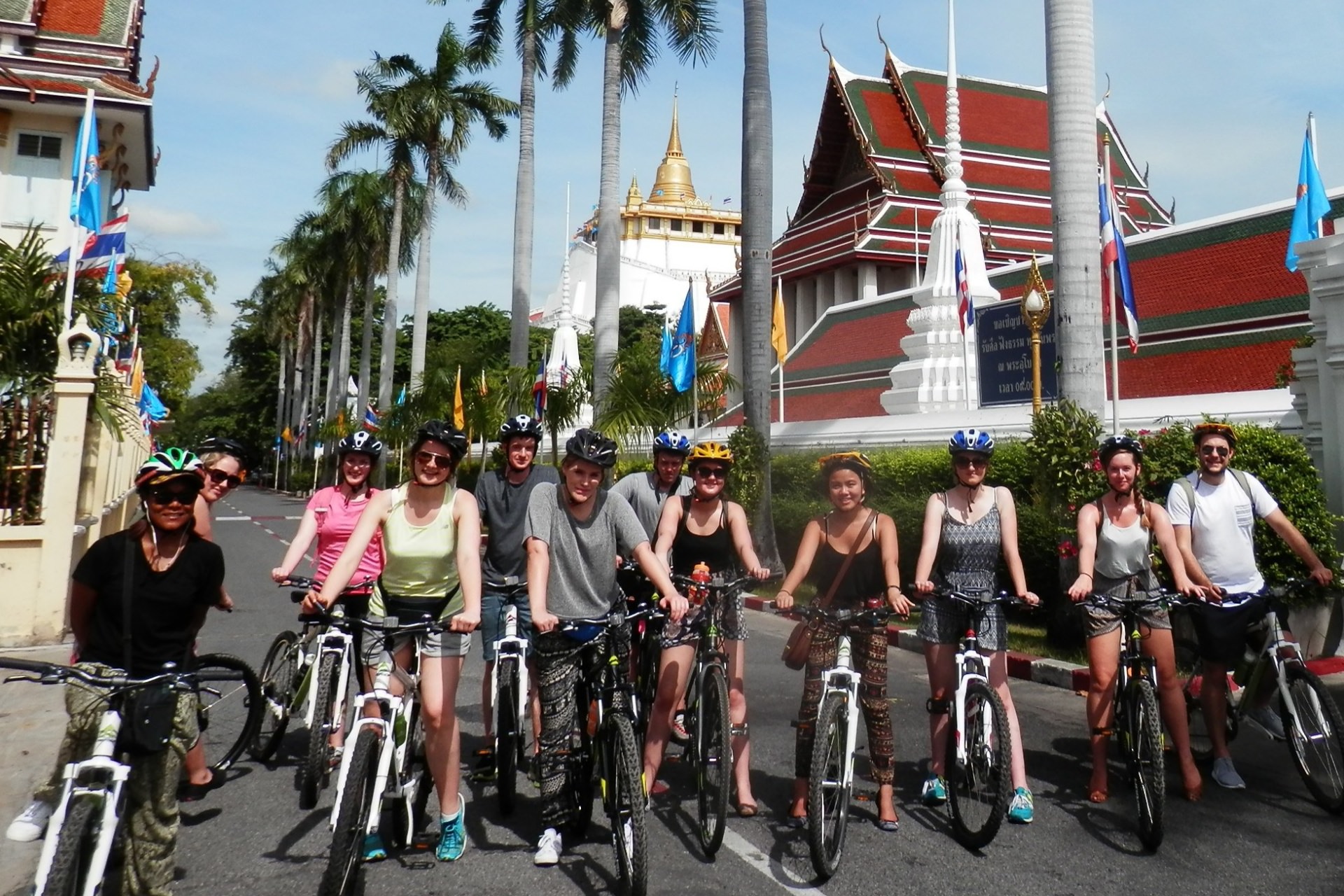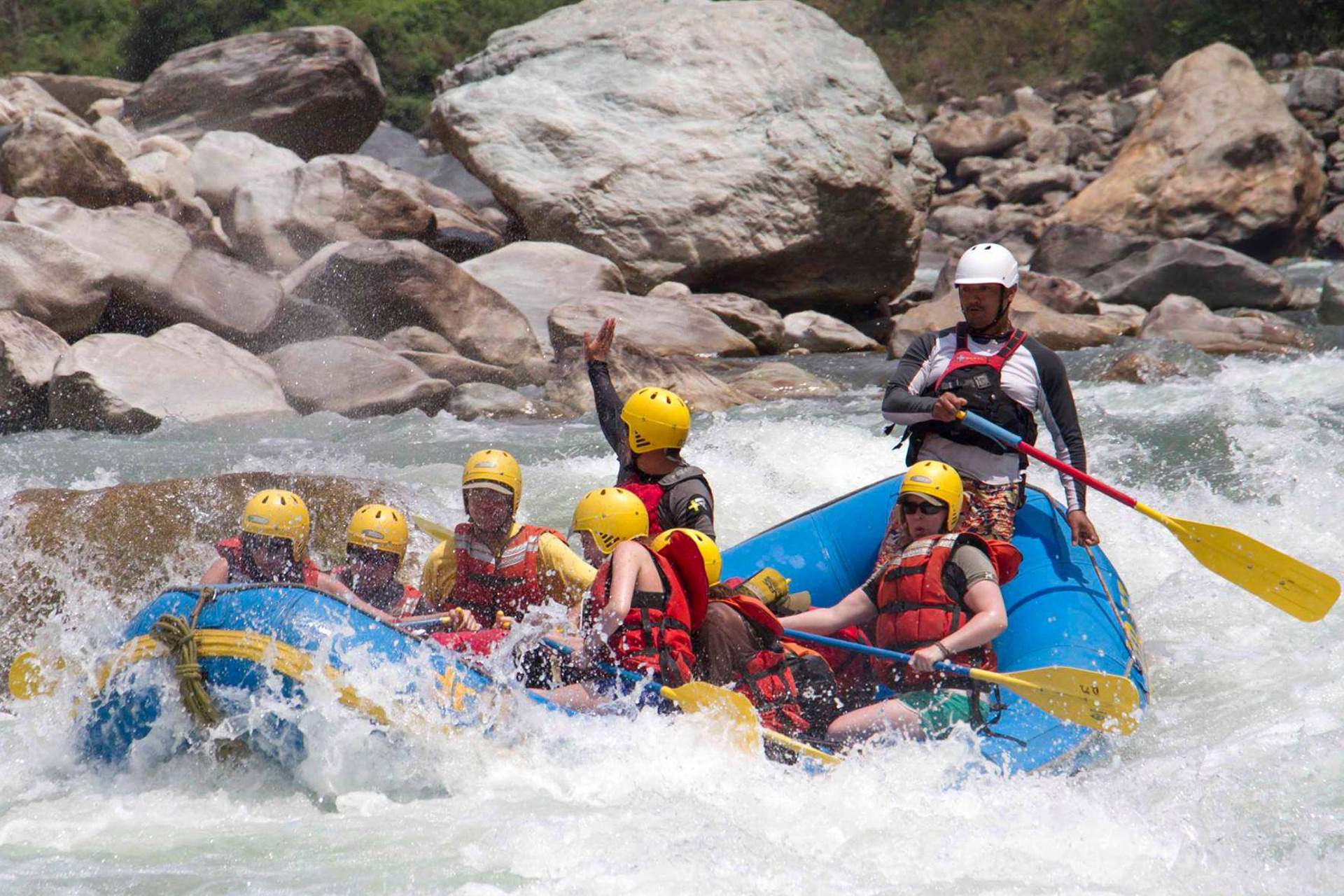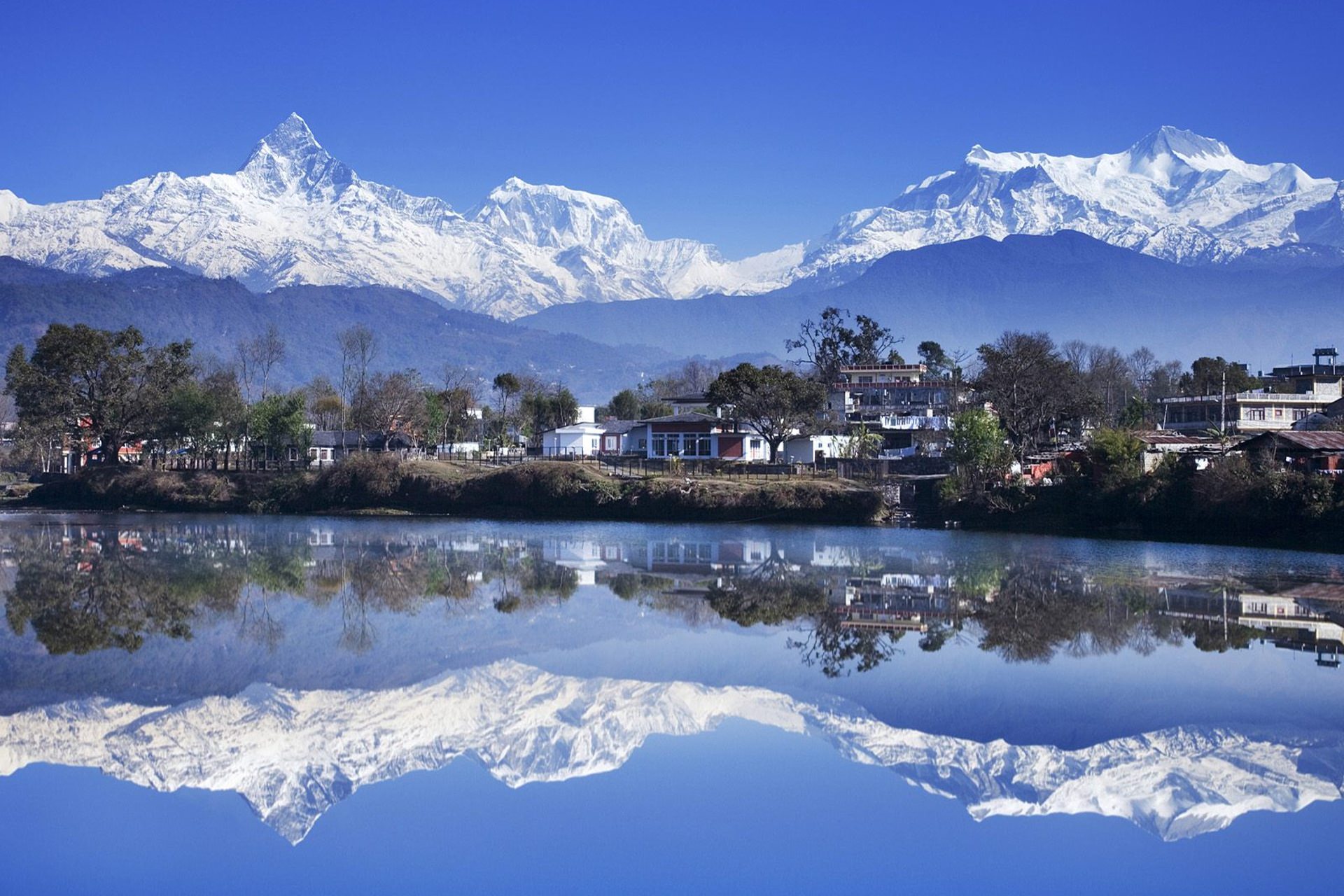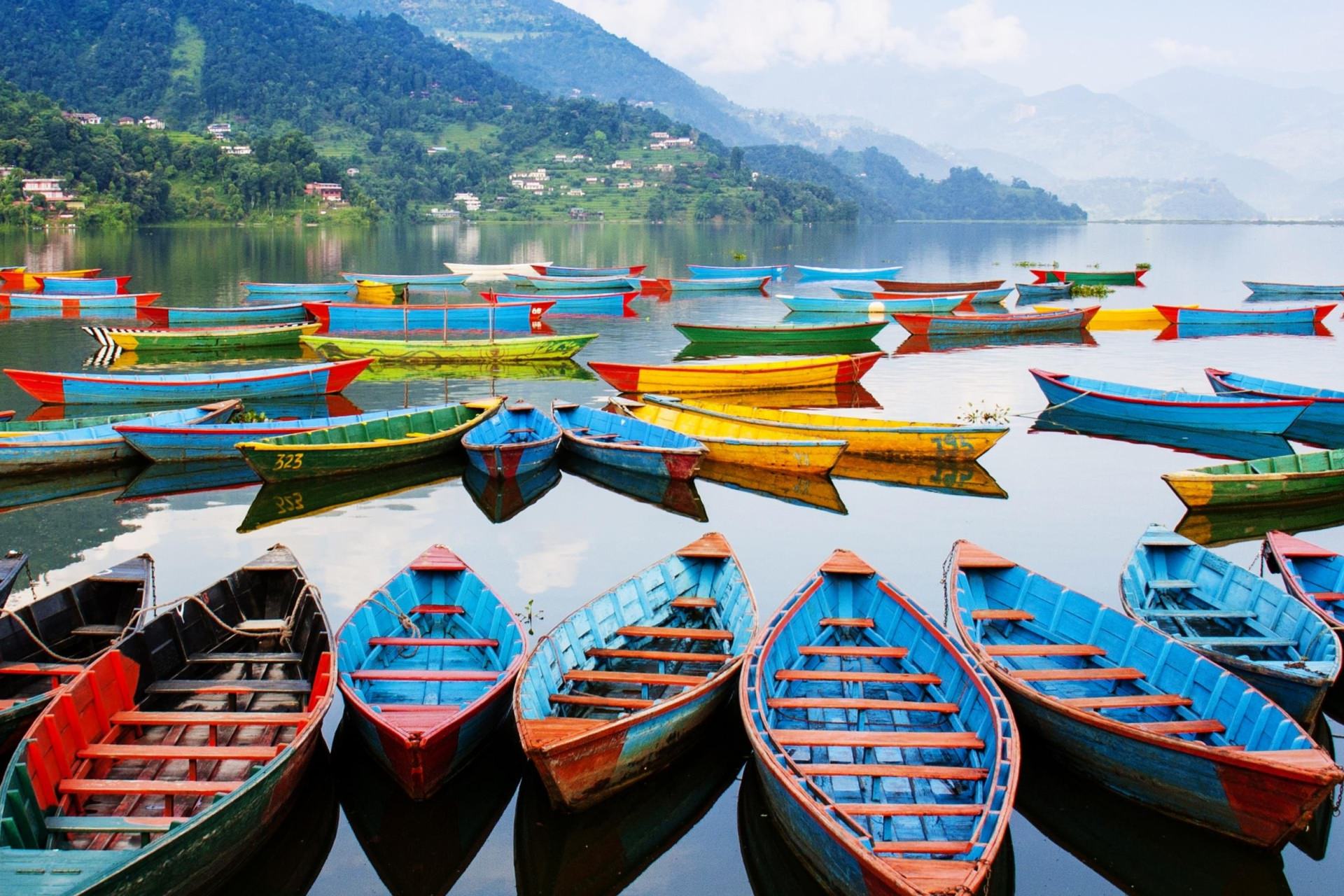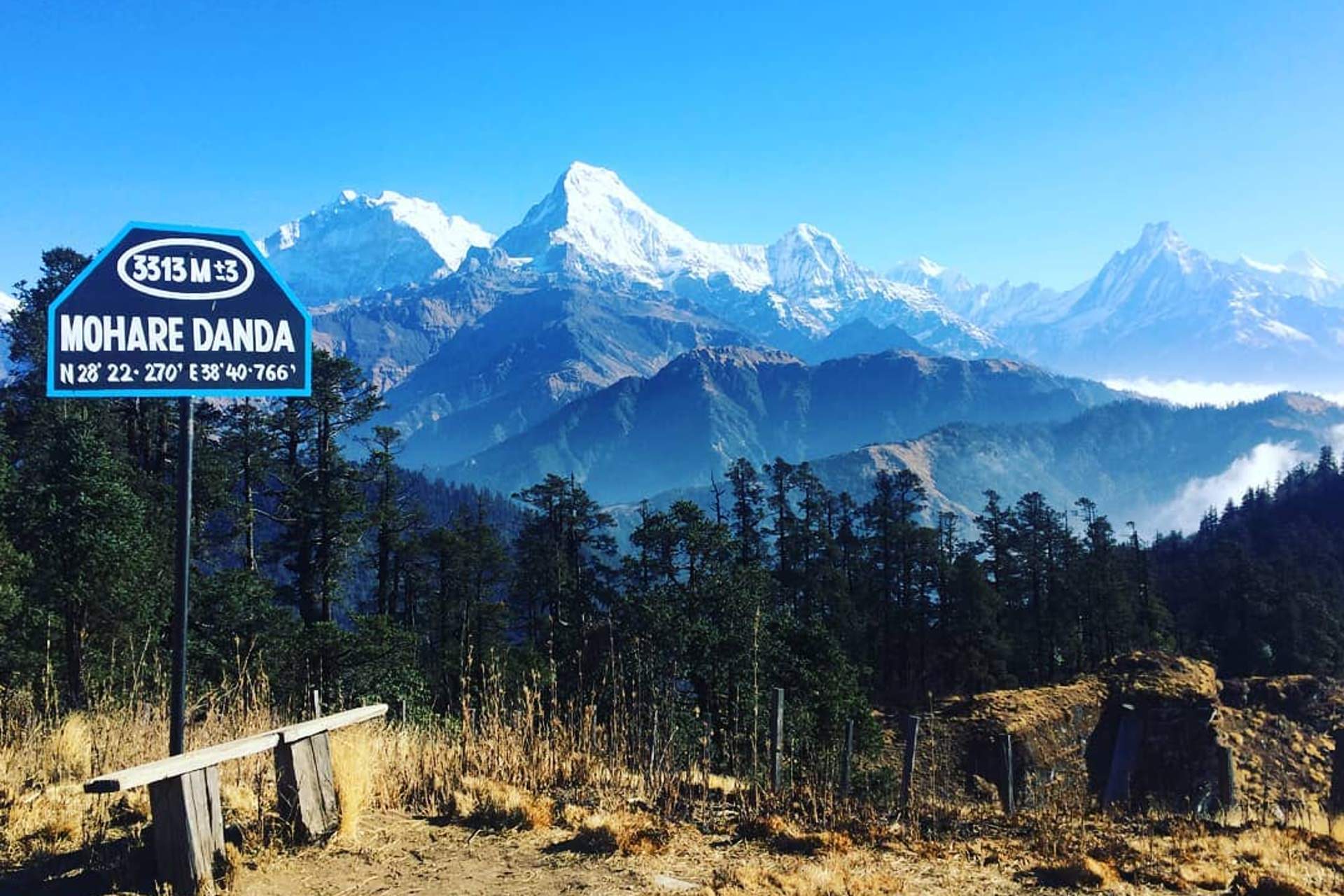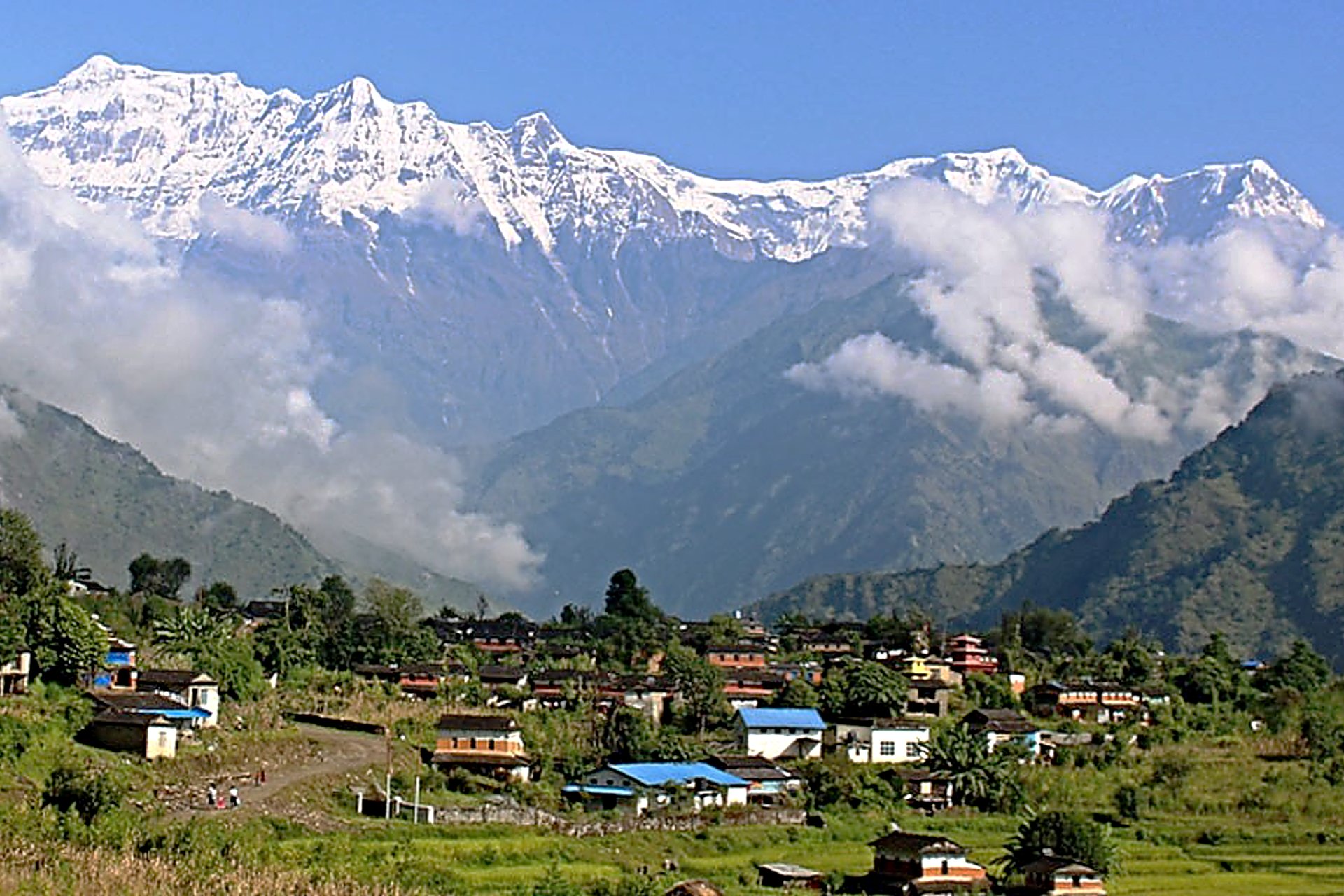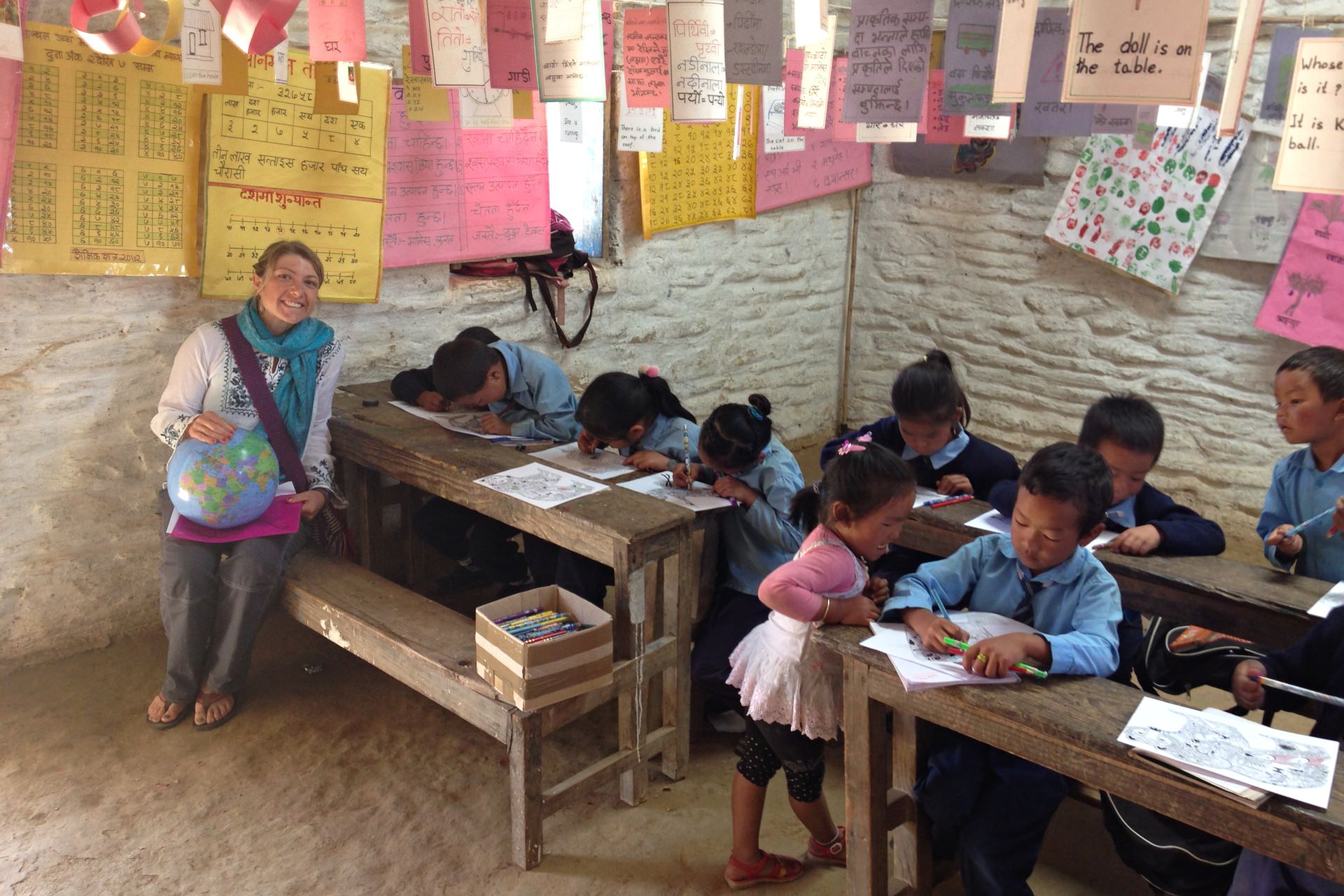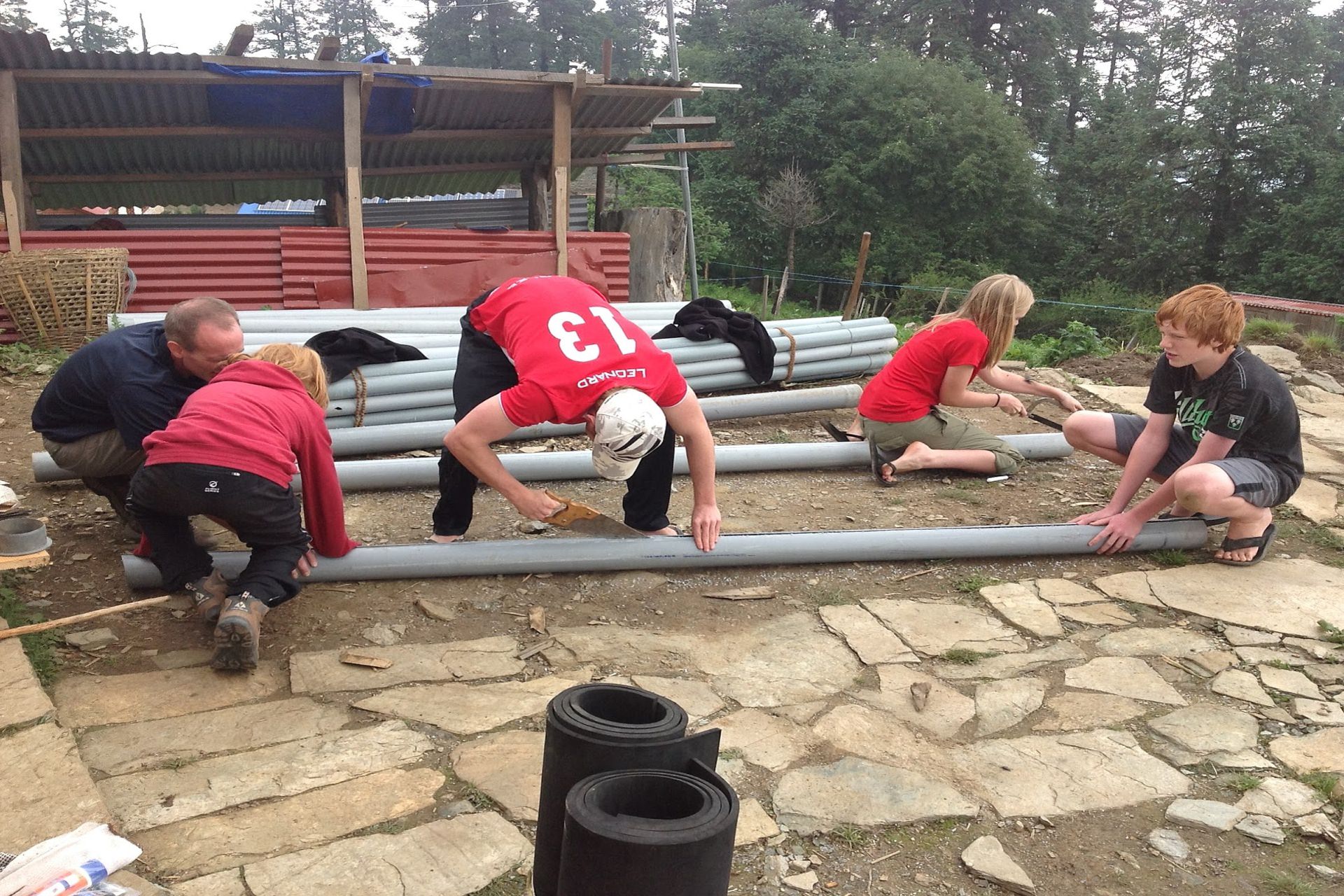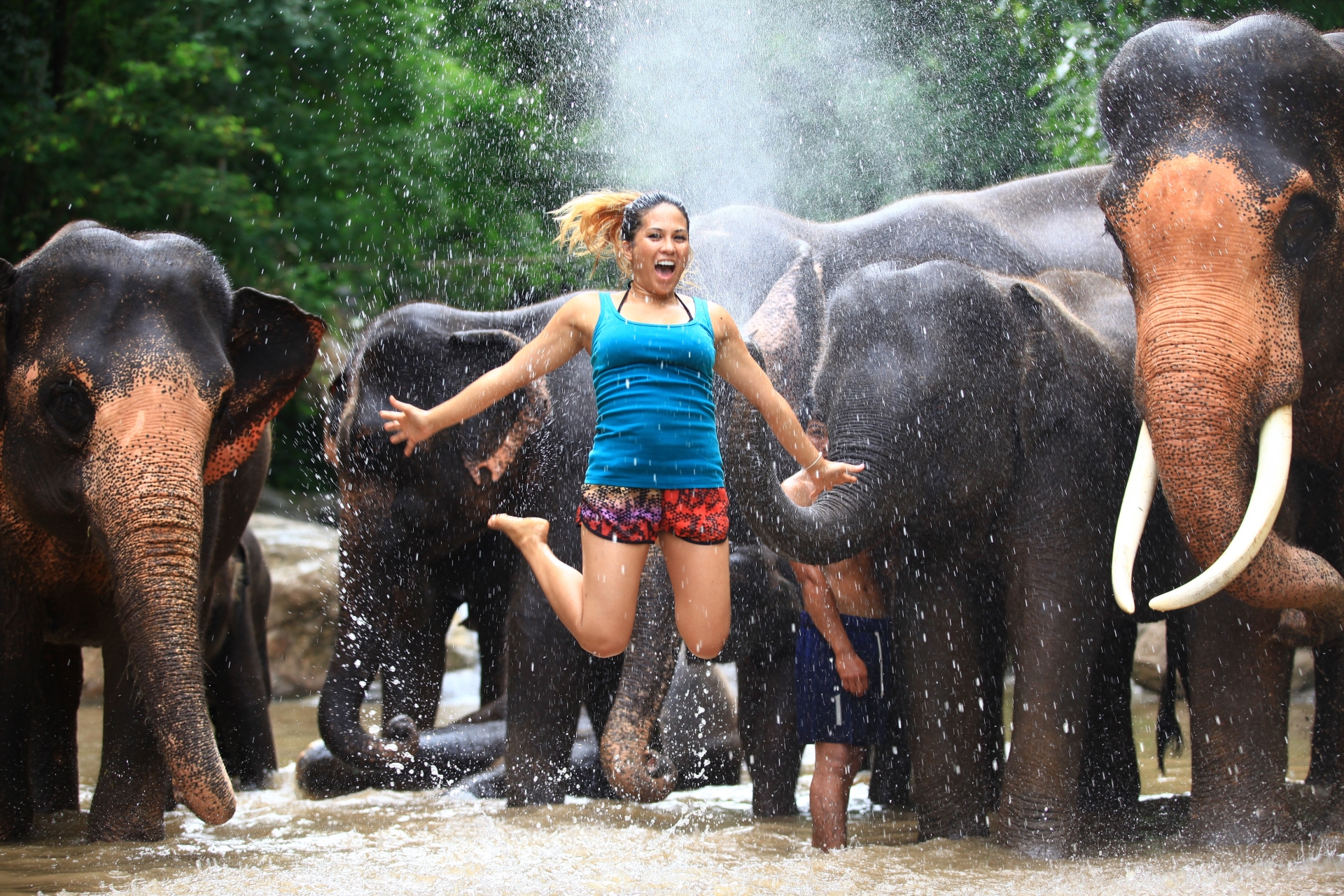Nepal
Himalayan Volunteering and Trek
About
About Nepal
Ever since Sir Edmund Hillary and his Sherpa mountaineering guide Tenzing Norgay conquered the summit of Mount Everest back in 1953, New Zealand has had a close relationship with the Himalayan nation of Nepal. Ask anyone who has spent time in Nepal and they will tell you that they consider it to be one of their most memorable travel experiences. Better World Adventures’ Himalayan Volunteer and Trek program will enable you to discover for yourself exactly what makes Nepal such a popular and uniquely magical destination.
We arrive into the ancient capital of Kathmandu, home to more world heritage sites than any other city in the world. We will explore the most popular of them before embarking on our volunteering projects. These may be based in Kathmandu, or in small villages in provincial Nepal. In some cases, access to the projects may require days of trekking into the Himalayan mountains to participate in a unique community volunteering project in a remote mountainside hamlet. All of our Nepalese itineraries include both volunteering and trekking. You will discover an awe-inspiring land of immense snowcapped mountains and deep valleys, steep and winding trails, incredibly friendly Nepalese people, and breathtaking alpine views around every corner.
Unfortunately, all is not perfect in this mountain paradise. Nepal is one of the most under-developed countries in the world with many people living in very basic conditions. The government is unable to provide adequate education and health facilities and the population suffers from low rates of literacy and extreme poverty. More than 40% of Nepalese are unemployed, over 50% are illiterate, and more than 50% of children are malnourished.
In 2015 many areas of central Nepal, were rocked by a major earthquake. The earthquake’s damage in both Kathmandu, and many remote mountain villages was extensive and repair projects have continued for years, hampered by a combination of lack of access, financial assistance, and resources.
Many thousands of Kiwis have travelled to Nepal to offer humanitarian assistance, whether it be in education or childcare, or more recently in construction and rebuilding programs and now it is your chance to lend a helping hand. After volunteering, we will have the opportunity to embark on a trek into the mountains, with a wide range of multi-day hikes to choose from.
Nepal
Highlights
- Discover Nepalese life while volunteering in a remote mountain village
- Visit fascinating UNESCO world heritage sites in the mystical capital city of Kathmandu
- Trek on one of Nepal’s world-famous traditional hiking routes
- Enjoy stunning Himalayan panoramas of the world’s highest peaks
- Get an adrenaline rush white-water rafting on the Trisuli River
- Volunteer on inspirational projects in Kathmandu or remote mountain villages
Dates
Departure Dates
Departure dates available late September-November (Autumn Season), and March-April (Spring Season)
Send us a request for a date that suits you
Every school group tour is created bespoke, according to the time of year, available duration, proposed budget and number of group members. Better World Adventures has done the due diligence for you in partnering with extremely high quality and sustainable volunteering projects, and selecting memorable activities and cultural experiences that perfectly showcase each country’s uniqueness.
Use this website to gain an introduction to a selection of the most popular volunteering projects and cultural activities that Better World Adventures are able to combine into your perfect itinerary. Then contact us to discuss your objectives and requirements related to current study themes, group capability, and your travel objectives. We are absolutely confident that you will end up with an itinerary that delivers above and beyond your expectations, with exceptional attention to detail, and at a price that is significantly lower per head than other providers.
Inclusions
What’s included?
- Fully escorted tour with two tour leaders (male and female)
- Comprehensive travel insurance
- Economy class international air travel
- All airport transfers
- Nepal entry visa
- Nepalese SIM card with data
- All accommodation (twin or dormitory share)
- 2-3 meals per day
- Professional local guides
- All volunteering related costs
- Multi day guided Himalayan eco-trek
- All trekking fees, supporting porters, trekking pole, sleeping bag, down jacket
- 1 day escorted tour of Kathmandu world heritage sites
- Whitewater rafting on Trisuli River
- Cultural dinner performance in Kathmandu
- Extensive pre-departure orientation
- Souvenir T-shirt
Volunteering
Volunteering Projects
Alpine Village Project - Annapurna Dhaulagiri region (1 week)
Better World Adventures partners with Nepal’s Himanchal Education Foundation – a groundbreaking leader in sustainable fair-trade community development. Working with HEF we will hike to the remote mountain village of Nangi, where we will spend a week volunteering on a range of community projects and directly interacting with the local Magyar people. The Annapurna-Dhaulagiri area where we will trek and volunteer has been specifically chosen as it is one of the only regions in Nepal where not only will our volunteering directly benefit the mountain community, but all of the money generated by our trekking is also returned directly to the local villagers.
The mission of the Nangi volunteer program is to encourage individuals from around the world to travel to Nepal to learn about the people, village culture and environment in the mid-western hills of Nepal through voluntary service with members of the local community in a way that helps them achieve their own goals of sustainable development, without creating unhealthy dependencies or undermining the values of the local culture.
There are many different projects that volunteers can get involved in including teaching English in the public school, work in the local plant nursery growing and planting trees, provide assistance to income raising projects, help villagers with building construction, undertake sports coaching, assist in the medical clinic, implement projects to improve environmental conservation, particularly in the area of garbage disposal and clean water sources, assisting with the installation of solar power equipment, or other activities that are appropriate to a volunteer’s skills and the needs of the community. We may even choose to design and implement our own community project with the assistance of the
It is expected that volunteers will demonstrate a sincere commitment to participating in the community in Nangi or surrounding villages, while also maintaining genuine respect for the people and culture of the region. If there are any local festivals or social events such as a marriage ceremony,
While on our volunteering project in Nangi in the Annapurna-Dhaulagiri alpine region, our group will be hosted in dormitory roundhouse accommodation in Nangi village, purpose built by the Himachal Education Foundation for its village volunteers. The accommodation is basic and rustic but comfortable.
This project contributes to the following United Nations Sustainable Development Goals:
- 4. Quality Education
- 6. Clean Water and Sanitation
- 7. Affordable and Clean Energy
- 11. Sustainable Communities
Earthbag Cottage Construction - Central Nepal (1 week)
In most developing countries, rural areas typically build with mud, stone or clay because these materials are cheap and readily available. Unfortunately, these materials succumb easily to natural forces such as erosion, flooding and earthquakes. Cement, steel and wood are often unavailable or far too expensive for poor villagers.
Earthbag construction is a perfect compromise as it is a structurally sound building technique, that is very affordable, extremely environmentally sustainable, and easy to work with. Earthbags are sturdy sacks that are filled with local soil and materials to create buildings that are very strong and very quick to build.
The Earthbag project you will be working on in Nepal helps to build homes and toilet facilities in rural villages. Volunteers will take part in a building workshop in Kathmandu before starting work on a construction site in rural Nepal. Earthbag construction is so quick that the work is highly rewarding as you can continuously see the progress being made on the construction site.On the site, you will work alongside an English speaking supervisor, and local villagers, most of whom live in poverty. You will be expected to work up to 7 hours per day. A typical day on site may be as follows:
7:00 AM: Breakfast
8:00 AM – 11:00 AM: Volunteering on Earthbag Project
11:00 AM – 12:00 PM: Lunch on site
12:00 PM – 2:30 PM: Volunteering on Earthbag Project
2:30 PM – 3:00 PM: Tea break
3:00 PM – 5:00 PM: Volunteering on Earthbag Project
6:30 PM: Dinner
While volunteering on the Earthbag construction project, we will be accommodated in tents on the construction site. Our location will be very rural and the living conditions will be very rustic, possibly without continuous running water or internet or cellphone coverage. During the week, you will have an opportunity to stay a night in a village homestay with a local family. Local Nepali meals will be provided. Most meals consist of rice and vegetables. Meat (chicken or goat) is considered a luxury and not eaten regularly by Nepalese. Beef is not eaten in Nepal as the cow is considered sacred.
This project contributes to the following United Nations Sustainable Development Goals:
- 1. No Poverty
- 3. Good Health and Well-being
- 6. Clean Water and Sanitation
- 11. Sustainable Communities
School Renovation - Kathmandu (1 week)
The focus of Better World Adventures’ School Renovation and Construction Project is to rebuild school buildings and public buildings around the city of Kathmandu, that are in disrepair or were damaged during the huge earthquake that shook central Nepal in 2015. Nepal is a very poor country and even with international financial assistance, has struggled with the scale and cost of the post-earthquake rebuild. The goal of this long-running and ongoing project is to enable children to return to schools and rebuild their future, and to provide better standards of living for local communities.
Previously project groups have worked on renovation and construction activities in schools, orphanages, and women’s empowerment centres. Activities vary depending on the needs at the time. However, the main tasks of the project volunteers include:
- Demolishing broken structures,
- Clearing building sites of rocks and debris,
- Building walls using cement, sand, stone, bricks,
- Painting,
- Basic carpentry work,
- Fencing the school premises,
- Preparing mixture of cement, sand and water.
Participants on the Construction and Renovation project will stay at a project volunteer house 5km from the centre of Kathmandu city. Volunteers are accommodated in 4-6 person, lockable single-sex dormitory rooms with private bathrooms and hot showers. The volunteer house has mini library where you can read, a beautiful garden to relax in and dining and lounge areas where you can hang out with fellow participants. The nearest ATM and supermarket are located a 15-minute walk away from our accommodation.
You will be provided with three meals a day on weekdays and two meals per day on weekends. The meals are a mix of Western and Nepalese food, consisting mainly of vegetarian dishes including rice and vegetables. You can expect to have a chicken dish about once per week. You can also choose to eat out at any of the local restaurants, with permission from your Better World Adventures group leaders.
This project contributes to the following United Nations Sustainable Development Goals:
- 4. Quality Education
- 11. Sustainable Communities
Canine Rescue - Kathmandu (1 week)
The aim of this ongoing project is to resolve issues around abandoned animals within the greater Kathmandu Valley in need, in particular to counter the growing number of stray street dogs.
You won’t have to spend much time in Kathmandu to see that the streets and squares are flooded with injured, impoverished and unfed stray dogs that have been abandoned by their owners. They are poorly kept and often kicked out of their homes as puppies or older dogs, often left to fend for themselves. A lot of these animals suffer from the agony of infected wounds, skin disorders, worms and parasites, and run the risk of losing their limbs.
This project is a chance to not only learn more about Nepal, but is also a unique opportunity to learn about dogs, to understand them, and learn how to handle and care for them. After being rescued from the streets and neglectful owners, stray dogs are kept in the animal shelter while they are nursed back to a healthy state, and then later offered for adoption and a better life.
Volunteers will shadow veterinary doctors and may be called upon to assist them and to also go out onto the streets of Kathmandu to identify and rescue dogs that need treatment. Tasks vary depending on the needs at the time. However it is likely that volunteer duties will include:
- Rescuing injured street dogs,
- Help in feeding stray dogs,
- Socialising and playing with rescue dogs,
- Cleaning their enclosures,
- Walking the dogs, cleaning and bathing them,
- Assisting veterinary surgeons with the treating and sterilisation of stray dogs.
Please note that all Canine Rescue project volunteers must have completed an anti-rabies vaccination program before arrival into Nepal.
Participants on the Canine Rescue Project will stay at a project volunteer house 5km from the centre of Kathmandu city. Volunteers are accommodated in 4-6 person, lockable single-sex dormitory rooms with private bathrooms and hot showers. The volunteer house has mini library where you can read, a beautiful garden to relax in and dining and lounge areas where you can hang out with fellow participants. The nearest ATM and supermarket are located a 15-minute walk away from our accommodation.
You will be provided with three meals a day on weekdays and two meals per day on weekends. The meals are a mix of Western and Nepalese food, consisting mainly of vegetarian dishes including rice and vegetables. You can expect to have a chicken dish about once per week. You can also choose to eat out at any of the local restaurants, with permission from your Better World Adventures group leaders.
This project contributes to the following United Nations Sustainable Development Goals:
- 15. Life On Land
Organic Farm-To-Table Project - Kathmandu Valley (1 week)
The aim of this project is to assist agricultural educators to encourage and support sustainable, organic vegetable farming in the Nepal agricultural sector. You will learn how famers can increase production and reduce environmental damage by pesticides and chemicals, through the use of organic fertilizers and organic pest control.
Project volunteers get the opportunity to experience a genuine Nepalese village lifestyle while working on an organic farm in the simple and peaceful Kathmandu Valley.
Volunteers shall work for approximately 5 hours per weekday Monday Monday to Friday, from 9:30 am to 4 pm. Participants shall be assigned to do several tasks and activities on the farm, including:
- Digging
- Planting
- Weeding
- Harvesting for market
- Packaging of the seasonal and off-seasonal vegetables.
This schedule can be changed and/or amended depending on weather conditions, local conditions and unforeseen circumstances.
Participants on the Organic Farming Project will stay at a project volunteer house 5km from the centre of Kathmandu city. Volunteers are accommodated in 4-6 person, lockable single-sex dormitory rooms with private bathrooms and hot showers. The volunteer house has mini library where you can read, a beautiful garden to relax in and dining and lounge areas where you can hang out with fellow participants. The nearest ATM and supermarket are located a 15-minute walk away from our accommodation.
You will be provided with three meals a day on weekdays and two meals per day on weekends. The meals are a mix of Western and Nepalese food, consisting mainly of vegetarian dishes including rice and vegetables. You can expect to have a chicken dish about once per week. You can also choose to eat out at any of the local restaurants, with permission from your Better World Adventures group leaders.
This project contributes to the following United Nations Sustainable Development Goals:
- 2. Zero Hunger
- 8. Decent Work and Economic Growth
- 11. Sustainable Communities
- 12. Responsible Consumption and Production
Kindergarten Childcare - Kathmandu (2 weeks minimum)
The aim of this project in the Kathmandu Valley is to help children grow in confidence and develop greater proficiency in English which will help them in many ways in the future.
Volunteers will teach basic English skills to children between 3 to 6 years old at several kindergartens in Kathmandu that cater primarily to children from underprivileged communities living below the poverty line. The kindergartens usually consist of 35 to 45 children, who are taught basic English, alphabet, numbers, rhymes, names of various objects etc. You will assist the kindergarten teachers with extracurricular activities and inspire children to achieve their full potential and broaden their perspectives through creatively structured lessons. Other volunteer duties may include:
- Coordinating with the teachers and supporting them on daily schedule and activities,
- Help children to improve creative skills such as coloring, and artwork,.
- Teaching basic written and conversational English,
- Teaching children some interactive games
Please note: Casual dress is appropriate during your time at the school. However, no-see through clothes or low-cut tops are permitted..
Participants on the Canine Rescue Project will stay at a project volunteer house 5km from the centre of Kathmandu city. Volunteers are accommodated in 4-6 person, lockable single-sex dormitory rooms with private bathrooms and hot showers. The volunteer house has mini library where you can read, a beautiful garden to relax in and dining and lounge areas where you can hang out with fellow participants. The nearest ATM and supermarket are located a 15-minute walk away from our accommodation.
You will be provided with three meals a day on weekdays and two meals per day on weekends. The meals are a mix of Western and Nepalese food, consisting mainly of vegetarian dishes including rice and vegetables. You can expect to have a chicken dish about once per week. You can also choose to eat out at any of the local restaurants, with permission from your Better World Adventures group leaders.
This project contributes to the following United Nations Sustainable Development Goals:
- 4. Quality Education
Activities
Cultural Activities
Kathmandu City
Kathmandu, the largest city of Nepal, is the political as well as cultural capital of the country. Visiting Kathmandu is like stepping into another world where ancient traditions rub shoulders with the chaos and crowding of a modern South Asian city. Approximately 6 million people live within the Kathmandu Valley in the foothills of the mighty Himalayan mountains.
Kathmandu is and has been for many years the centre of Nepal’s history, art, culture and economy. It has a multi-ethnic population where the majority of people are either Buddhist or Hindu. It is also the home of the Newar ethnic community. Religious and cultural festivities form a major part of the lives of people residing in Kathmandu.
Archaeological excavations in parts of Kathmandu have found evidence of ancient civilizations dating back 2000 years. Whilst the city was once considered a fictional and inaccessible Shangri-La, Kathmandu now serves as a thriving gateway to tourism.
Since the 1960s Kathmandu has continued to draw in travellers to this developing-world city, resulting in an incredible urban growth throughout recent decades. Although first-time visitors may find such the chaos of the city a little overwhelming, you will quickly fall under its spell as you discover wonderful restaurants, hidden gardens, fascinating historic sites, and hospitable people. The city is the gateway to the Nepalese Himalayas, and home to seven world heritage sites, so tourism is understandably an important part of the Nepalese economy. Visitors can soak in the atmosphere at Buddhist and Hindu pilgramage sites, visit ancient city squares full of medieval temples, or rickshaw through the narrow maze-like alleyways of the old city or the backpackers and mountain climbers district of Thamel.
Swayambhunath Monkey Temple
Along with the imposing main Buddhist stupa, the sprawling Swayambhunath complex contains multiple Hindu and Buddhist shrines and is considered holy to both Buddhists and Hindus. For this reason, Swayambhunath is considered the best place to observe religious harmony in Nepal. Behind the hilltop is a temple dedicated to Saraswati – the Goddess of learning. Statues and shrines of Buddhist and Hindu deities fill the temple complex. The base of the hill is almost entirely surrounded by prayer wheels and statues of deities. Devotees can be seen walking around the circumference of the stupa at all times, many of them spinning the prayer wheels and reciting prayers as they walk.
One of the most striking features of the huge gold and white stupa are the large painted eyes that look in all directions. Eyes are considered the most important symbolic sensory organ and represent a gateway into the soul. Eyes are also associated with intelligence, vigilance, moral conscience and truth. Between the Buddha’s eyes where the nose would be is a curly symbol that looks like question mark. This is the Nepali character for the number one, which symbolizes unity between all things, and the one way to reach enlightenment for Buddhists – through the Lord Buddha’s teachings.
On arrival at Swayambhunath it will only take you a minute to realise why many visitors have nicknamed Swayambhunath “the Monkey Temple.” Playful and high-energy, the temple’s many resident monkeys have become one of the site’s additional attractions. Monkeys should always be treated with caution and any food kept out of sight.
While visiting Swayambunath, please be sure to dress modestly, keeping knees and shoulders covered.
Pashupatinath Temple Complex
You should be prepared to see smokey open-air cremations, intimate ceremonies where families wrap the bodies of their deceased loved ones in cloth and place them on a burning pyre of logs. Pashupatinath is one of the few temple complexes where families permit you to observe cremation rituals as long as you remain quiet and respectful. Although the idea of open-air cremation is very foreign and confronting to most Westerners, if you visit with an open mind and take the time to understand what you are observing, you are likely to find the experience insightful and moving.
The colorful sadhus (holy men) that congregate at Pashupatinath will encourage you to photograph them, but they expect to be paid a few rupees in return.
Bhaktapur Ancient Capital
A visit to the city of Bhaktapur in the eastern corner of the Kathmandu Valley, about 13km from the current capital of Kathmandu, is always a popular excursion. Many people believe that central Bhaktapur is the best representation of how the entire Kathmandu Valley would have looked during medieval times.
The ancient city of Bhaktapur was founded in the 12th century, becoming the largest of three medieval kingdoms in the Kathmandu Valley. It remained an autonomous kindgom for 600 years and its location as an important stopping point on the ancient caravan trade route from Tibet to India made the city rich and prosperous. It was famed for its glorious architecture and sky-high pagoda style temples that were believed to be stairways to heaven, and for a fierce form of wrestling combat sport. Even now, carvings of two muscular wrestlers remains the trademark of the city, carved into various city buildings and temples.
Bhaktapur has the best-preserved palace courtyards and old city center in Nepal and is listed as a UNESCO World Heritage Site for its rich culture, temples, and wood, metal and stone artworks. The city centre has three major squares full of towering temples that comprise some of the finest religious architecture in the country. The main Durbar Square is a large cluster of pagoda and shikhara-style temples dedicated to Hindu gods and goddesses, built between the 14th-17th centuries, that surround the 55-window Temple of Dattatraya. The elaborately carved Temple served as the seat of royalty prior to 1769 and now houses the National Art Gallery, with Buddhist Paubha scroll paintings, palm leaf manuscripts, and stone carvings. Also in the Durbar Square is the Big Bell, built by the last king of Bhaktapur, in the 18th century. It was rung to pay homage to the Goddess Taleju and to call the public to town meetings. Today it is rung twice a day as a ceremonial tribute to the Goddess Taleju. Next to this bell is the Barking Bell, named because dogs bark to its ring. The other squares are famous for the five-story Nyatapola Temple that withstood two devastating earthquakes and the Dattatreya Square with its famous Peacock Window, the Woodcarving Museum and the Brass & Bronze Museum.
In 1934, a major earthquake destroyed over 2,000 houses and severely damaged over 2,000 more homes in Bhaktapur. Over 1,000 people died in this quake. Restoration of many buildings was undertaken over the years, including efforts funded by West Germany in the late 1980’s and by the U.S. in the 1990’s. Tragically, the 2015 earthquake again caused terrible devastation and loss of life in Bhaktapur, however only a few temples in the city centre were destroyed, so there is still much to see here and tourism is vital to the community.
Bhaktapur is filled with Hindu and Buddhist religious sites and art. Although the population is primarily Hindu, there are nineteen Buddhist monasteries (Vihars). Along narrow alleys, artisans weave cloth and chisel timber, squares are filled with drying pots, and locals gather in courtyards to bathe, collect water, play cards and socialise.
Pokhara City
Pokhara is Nepal’s second largest city enjoys a delightful setting on the shores of Phewa Lake, beneath the snow-capped peaks of the Annapurna mountains, 200 km west of Kathmandu. It is considered the tourism capital of Nepal, being the starting and finishing point for many treks in the Annapurna Conservation Area in the Himalayas. Three of the ten highest mountains in the world (Dhaulagiri, Annapurna I, and Manaslu) can be seen from the city, although the skyline is dominated by the distinctive Mt Machhapuchchhre (6,993m) also known as Fishtail – are within 40km of Pokhara.
Pokhara will certainly be on any Better World Itinerary where we are trekking in the Annapurna mountains – including the Annapurna Dhaulagiri Ecotrek, or the hike into the spectacular Annapurna Base Camp, making it an excellent place to relax and contemplate the physical trekking that lies ahead.
Pokhara lies on a once vibrant trade route extending between India and Tibet and into China. In the 17th century, it was part of the Kingdom of Kaski. Many of the hills around Pokhara still have medieval ruins from this time. This is the land of Magars and Gurungs, hardworking farmers and heroic warriors who have earned world-wide fame as Gurkha soldiers. The Thakalis, another important ethnic group here, are known for their entrepreneurship. Many Tibetan exiles reside in well-built refugee camps in and around Pokhara, and Tibetans have become a visible minority in the city.
The area of Pokhara on the shores of Phewa lake, called Lakeside, has developed into one of the major tourism hubs of Nepal. While not on the scale of Thamel in Kathmandu, Lakeside has great shopping opportunities and plenty of cafes where trekkers and international visitors can relax. The main street is full of shops and stalls selling a wide range of overpriced Nepali and Tibetan souvenirs. If you need to hire or buy some extra trekking gear then there are numerous shops available offering everything you could possibly need.
As well as being a jumping off point for Annapurna region trekkers, Pokhara has numerous visitor attractions within its city limits. Phewa Lake is popular for boat rides, and on the southern shore of the lake is the World Peace Pagoda, built in 1996 and offering awesome views across the lake to Pokhara, and of the nearby Annapurna mountain range, and the famous fishtail peak, Machhapuchhare. The city also hosts the worthwhile International Mountain Museum where you can learn some amazing tales of past climbing expeditions. More recently the city has seen the opening of bungy jumping and zipline tourist operations. The porous underground of the Pokhara valley has created several large caves within the city limits, which are also popular with tourists.
Sisterhood of Survivors Cooking Class
Trishuli River Whitewater Rafting
7-Day Trek: Everest Panorama
The Everest Panorama Trek was designed for trekkers who don’t have the time or budget for the two week hike to Everest Base Camp, but still want to experience the atmosphere of the Everest region, and thrill with fantastic panoramas of Mt Everest and numerous other mega-mountains.
The trek will take you into the heart of the Khumbu Region, giving you the opportunity to experience spectacular mountain views and alpine scenery. There are still challenging tracks and steep inclines but this is a shorter trek reaching an altitude of 3,850 meters. Much of the trek follows the fast flowing, milky waters of the Dudh Kosi, passing over many impressive suspension bridges, loaded with Buddhist prayer flags and through thick rhododendron forests.
Our trek starts with a thrilling short flight to to the mountain airport at Lukla (2,800m) and short trek to the village of Phakding, before continuing on to the bustling village of Namche Bazaar (3,500m), the Sherpa capital and gateway to the high Himalaya. We will stay and soak up its vibrant atmosphere and colorful culture while acclimatizing to the high altitude. We then make our way to Tengboche (3,850m) which is the best place in Everest region to have a close view of the Everest summit. (Interestingly, you can’t actually see the summit of Everest from the Everest Base Camp). Tengboche is one of the most important religious sites among the Sherpa community in Khumbu area, and the location of the ornate Tengboche Monastery, with its stunning backdrop of Mt Ama Dablam.
The views of Everest, Lhotse, Ama Dablam and Thamserku will blow you away as you trek through Sherpa land, meeting the local people in traditional Sherpa villages, including Khumjung (3,790m). In 1961 Sir Edmund Hillary in 1961 established a school for the Sherpa community in Khumjung. For another couple of days, we will continue our hike down to Phakding and Lukla before returning to Kathmandu.
While trekking we will share one porter between two trekkers, to carry the bulk of your luggage. You will still be responsible for carrying your day bag. Hiring a porter does not mean that you are weak, it means you value the Nepali culture, you are providing an extended Nepali family with an income and at the same time you are making a friend and trekking with a local person who is well versed in the local cultures, festivals, and all the other issues that can turn a good trek into an outstanding experience of a life time.
Better World Adventures is a strong advocate for fair working conditions for alpine porters, and requires that the porters that we employ are provided with suitable clothing, meals and accommodation, and medical insurance, and carry loads with ethical weight limits as determined by the International Porter Protection Group (IPPG).
It is worth noting that the extreme popularity of trekking in the Everest region, combined with the requirement for a flight from Kathmandu to Lukla airport make this trek more expensive than similar length short Himalayan treks.
Itinerary
Day 1. Fly to Lukla and trek to Phakding (2,652m)
Walking Distance: 8km – Walking Duration: 3 hours
Day 2. Phakding to Namche Bazaar (3,440m)
Walking Distance: 12km – Walking Duration: 6 hours
Day 3. Acclimatization Day. Hike to Everest View Hotel
Walking Distance: 4km – Walking Duration: 3-4 hours
Day 4. Namche Bazaar to Tengboche (3,860m)
Walking Distance: 11km – Walking Duration: 5 hours
Day 5. Tengboche to Namche Bazaar via Khumjung Village (3,700m)
Walking Distance: 13km – Walking Duration: 6 hours
Day 6. Namche Bazaar to Lukla (2,800m)
Walking Distance: 19km – Walking Duration: 7 hours
Day 7. Lukla to Kathmandu flight
Highlights
- Magnificent panoramic views from Tengboche monastery
- Sherpa museum, shops and markets around Namche Bazaar.
- The milky waters of the Dudh Kosi River, thick rhododendron, magnolia and fir tree forests, herds of yaks carrying supplies.
- Kala Patthar- the highest point of the trek- a vantage point for the Everest view
- Visit a school established by Sir Edmund Hillary in Khumjung village
Trek Duration: 7 days
Trek Category: Moderate
Accommodation type: Teahouse
Maximum Elevation: 5600 meters, Kala Patthar
Best Season: March-May and October-November
8-Day Trek: Annapurna-Dhaulagiri Community Eco Trek
The Annapurna-Dhaulagiri Community Eco Trek is a new trekking route located in Annapurna’s foothills that winds through oak and rhododendron forests and Magyar villages from Pokhara to Banskharka and on to Nangi and finally the alpine viewpoint of Mohare Danda. This is an “off-beaten” trek which gives you the opportunity to see the real Nepali life while walking in quiet and peace without the crowd that you can usually find in other trails, in particular, the nearby Ghorepani Poon Hill Trek, which has become one of the most popular and overcrowded short treks in Nepal.
Mohare Danda itself is located on a ridge top at 3,300m overlooking the world’s deepest gorge, providing you with stunning panoramic views of the massive Mt. Dhaulagiri (8167m), Mt. Annapurna I (8091m), South Annapurna (7219m) and Fishtail/Mt. Machhapuchhare (6997m).
On this stunning trek the profits generated from your trekking will be shared across the Parbat and Myadgi villages you stay in, benefitting more people, and supporting the local hospitals and community based schools. Trekkers will stay in family run homestays and community lodges. In addition, the area is making a big effort to become carbon neutral, to maintain the area’s natural beauty.
While trekking we will share one porter between two trekkers, to carry the bulk of your luggage. You will still be responsible for carrying your day bag. Hiring a porter does not mean that you are weak, it means you value the Nepali culture, you are providing an extended Nepali family with an income and at the same time you are making a friend and trekking with a local person who is well versed in the local cultures, festivals, and all the other issues that can turn a good trek into an outstanding experience of a life time.
Better World Adventures is a strong advocate for fair working conditions for alpine porters, and requires that the porters that we employ are provided with suitable clothing, meals and accommodation, and medical insurance, and carry loads with ethical weight limits as determined by the International Porter Protection Group (IPPG).
Itinerary
Day 1. Drive from Kathmandu to Pokhara by bus.
Bus Ride Duration: 7 hours
Day 2. Drive to Galeshwor (1,170m) and trek to Bans Kharka (1,525m)
Walking Duration: 3 hours
Day 3. Bans Kharka to Nangi (2,230m)
Walking Duration: 7 hours
Day 4. Nangi to Mohare Danda viewpoint (3,300m)
Walking Duration: 7 hours
Day 5. Mohare Danda to Ghorepani (2,750) via Poon Hill viewpoint (3,210m)
Walking Duration: 5-6 hours
Day 6: Ghorepani to Ghandruk village (1,900m)
Walking Duration: 5 hours
Day 7: Ghandruk to Nayapul, then drive to Pokhara
Walking Duration: 4 hours
Day 8. Return from Pokhara to Kathmandu by bus
Highlights
- Trek to the incredible Mohare Danda viewpoint, to see sunrise over the Himalayas
- Stay with the villagers you meet along the way in a community homestay initiative
- Travel through an area working to become a carbon-neutral trekking destination
- Be part of a social economic pact where tourism revenue goes further to develop the local community
Trek Duration: 8 days
Trek Category: Easy
Accommodation type: Homestays and Community Lodges
Maximum Elevation: Mohare Danda (3,300m)
Best Season: March-May and October-November
8-Day Trek: Langtang Valley
Travel writer and climber Bill Tilman described the Langtang Valley as “one of the world’s most beautiful valleys”. He wasn’t wrong. Although located only 30km north of Kathmandu near the Tibetan border, this is actually one of the most wild parts of Nepal and you’ll be very much away from civilization and the crowds of trekkers that head directly to the Annapurna and Everest regions.
On the Langtang Valley Trek you will discover an off-the-beaten track world filled with Tibetan culture, natural diversity, and fantastic Himalayan landscapes of lush vegetation, raging streams and dominating peaks. You will pass glaciers and snow-capped mountains, hike through pine forests, cross stony streams, grassy meadows and wide pastures, with continuously panoramic views of Mt. Langtang-Ri (7,245m), Langtang Himal, Gajala Peak.
Langtang has over 70 glaciers of varying sizes, the Langtang and Ganesh Himal mountain ranges, and numerous high-altitude lakes. Glaciers spawned by the slopes of Dorje Lakpa, Langtang Lirung and other peaks feed the Langtang Khola (river) which passes through the high, gentle Langtang Valley before emptying in a raging torrent into the Bhote Kosi River through a long, narrow chasm at the west end of the Langtang valley. The path of the river forms an important corridor and ancient trade route through the mountains between Nepal and Tibet. In contrast to the Gurung people of the Annapurna region and the Sherpas in the Everest region, the inhabitants of the Langtang valley are almost entirely Tamangs people who are strictly vegetarian, and whose culture goes back to ancient times to their origins in Tibet. The craftsmanship, cotumes, traditionally-built stone houses, and the beautifully carved wooden porches reflect their rich Tibetan heritage. They are mainly sheep and yak herders, but grow some hardy grains and vegetables. The daily life of the villagers include raising livestock, agriculture, and trade with Tibet.
The Langtang Valley was hit hard by the 2015 earthquake, but it’s on the rebound, and trekking groups such as ours help to employ locals, and generate important revenue for the local communities. While trekking we will share one porter between two trekkers, to carry the bulk of your luggage. You will still be responsible for carrying your day bag. Hiring a porter does not mean that you are weak, it means you value the Nepali culture, you are providing an extended Nepali family with an income and at the same time you are making a friend and trekking with a local person who is well versed in the local cultures, festivals, and all the other issues that can turn a good trek into an outstanding experience of a life time.
Better World Adventures is a strong advocate for fair working conditions for alpine porters, and requires that the porters that we employ are provided with suitable clothing, meals and accommodation, and medical insurance, and carry loads with ethical weight limits as determined by the International Porter Protection Group (IPPG).
Itinerary
Day 1. Drive from Kathmandu to Syabru Bensi (1,462m) by bus.
Bus Ride Duration: 7 hours
Day 2. Syabru Bensi to Lama Hotel (2,500m)
Walking Duration: 5 hours
Day 3. Lama Hotel to Langtang Village (3,307m)
Walking Duration: 5 hours
Day 4. Langtang Village to Kyanjing Gompa (3,798m) via Kyanjin Ri (4,773m)
Walking Duration: 7-8 hours
Day 5. Hike to Chorkari Ri (5,050m) and return to Kyanjin Gompa (3,798m)
Walking Duration: 7 hours
Day 6: Kyanjin Gompa to Lama Hotel (2,500m)
Walking Duration: 5-6 hours
Day 7: Lama Hotel to Syabru Bensi (1,462m)
Walking Duration: 5-6 hours
Day 8: Drive from Syabru Bensi to Kathmandu by bus
Highlights
- Kyanjin Gompa and Langtang Gompa
- Astonishing sunrise views from Tserko Ri
- Langtang National Park
- Gosaikunda, Vairab Kunda, Surya Kunda, Saraswati Kunda
- Helambu village
- Yak farms and Cheese factories
Trek Duration: 8 days
Trek Category: Moderate
Accommodation type: Teahouse
Maximum Elevation: 4,984 meters, Tserko Ri
Best Season: March-May and October-November
10-Day Trek: Annapurna Base Camp
Mt. Annapurna (8091m) of Nepal is the 10th highest mountain in the world and the 10 day trek from Pokhara to the Annapurna Base Camp is one of the most popular walks on earth with more than 70,000 people completing the hike each year.
Annapurna Base Camp is a fantastic, relatively short trek that still enables trekkers to experience a stunning Himalayan amphitheater of mountains. This trek covers a wide variety of terrain, from lowland pastures and terraced rice paddies, through lush rhododendron forests and peaceful Gurung villages, to powerful glaciers, and stunning mountain views with the Annapurna Range in view most of the times. Along the way, see thundering waterfalls of melted snow, cross icy rivers on swingbridges, and reward yourself with a soak in natural hot springs. There are few treks that combine so many different landscapes and bring you so close to the base of 7,000 and 8,000 meter peaks in a such a short period of time as the Annapurna Base Camp Trek. You stay in mountain communities and meet friendly Nepali hill people as they go about their daily lives. The trek is not only visually superb, but also offers a chance to learn about local cultures.
The setting of Annapurna Base Camp at 4,130 m is unique and incredibly spectacular, set in a tight cirque of mountains amidst the towering peaks of Annapurna I (8091 m), Annapurna South (7219 m), Machapuchhre (6993 m) and Hiunchuli (6441 m). The atmosphere of the base camp site is magical, particularly at sunrise.
Our lodges in the Annapurna Trekking Region are well equipped with extensive menus ranging from the typical Nepali dahl bath (rice with lentils) to pizza and fresh hot apple pie. Hot showers are readily available as well.
While trekking we will share one porter between two trekkers, to carry the bulk of your luggage. You will still be responsible for carrying your day bag. Hiring a porter does not mean that you are weak, it means you value the Nepali culture, you are providing an extended Nepali family with an income and at the same time you are making a friend and trekking with a local person who is well versed in the local cultures, festivals, and all the other issues that can turn a good trek into an outstanding experience of a life time.
Better World Adventures is a strong advocate for fair working conditions for alpine porters, and requires that the porters that we employ are provided with suitable clothing, meals and accommodation, and medical insurance, and carry loads with ethical weight limits as determined by the International Porter Protection Group (IPPG).
Itinerary
Day 1. Kathmandu to Pokhara (910m) by coach
Bus ride duration: 6-7 hours
Day 2. Pokhara to Tikhe Dhunga (1,495m)
Distance: 9km – Walking Duration: 4 hours
Day 3. Tikhe Dhunga to Ghorepani (2,850m)
Distance: 13km – Walking Duration: 7 hours
Day 4. Hike to Poon Hill Viewpoint, the trek to Tadapani (2,500m)
Distance: 9km – Walking Duration: 6-7 hours
Day 5. Tadapani to Sinuwa (2,310m)
Walking Duration: 6 hours
Day 6. Sinuwa to Deurali (3,150m)
Walking Duration: 6 hours
Day 7. Deurali to Annapurna Base Camp via Machhapuchhre Base Camp (4,230m)
Distance: 8km – Walking Duration: 5-6 hours
Day 8. Return from Annapurna Base Camp to Bamboo (2,310m)
Distance: 18km – Walking Duration: 7 hours
Day 9. Bamboo to Jhinu Danda Hot Spring (1,780m)
Distance: 12km – Walking Duration: 6 hours
Day 10: Jhinu Danda to Pokhara
Day 11: Return from Pokhara to Kathmandu by coach
Physical fitness
Trekking to Annapurna base camp is moderately difficult, taking 10 days of continuous hiking with a lot of uphill & downhill stairs involved. The best way to prepare for this trek is to go for jogging, cycling, swimming, walking on a regular basis for 2 months before departure to Nepal.
Highlights
- Pass through Beautiful Views from Dhampus, a gateway to the Annapurna Conservation Area
- Enjoy Hot springs at Jhinu Danda
- Watch Spectacular sunrise views of the Annapurnas and Dhaulagiri from Poon Hill
- Enjoy classic views of Annapurna I, Annapurna South, Machhapuchhre, and Hiunchuli
Trek Duration: 10 days
Trek Category: Moderate to Steep
Accommodation type: Teahouse
Maximum Elevation: 4,130 metres
Best Season: March-May, September-December
12-Day Trek: Everest Base Camp
With over 30,000 trekkers each year, the Everest Base Camp Trek is by far the most popular trek in Nepal. The iconic trek in the Sagarmatha region follows the original route laid down by Hillary and Tenzing in their famous and successful summit attempt in 1953. If you’re drawn to tall mountains then this is the trek for you!
After a thrilling flight from Kathmandu into the mountain airstrip at Lukla , a gentle two-day trek up the Dudh Koshi valley leads to the famous Sherpa village of Namche Bazaar with its abundance of tea houses. We will acclimatize in Namche before following the Imja Khola valley with spectacular views of Thamserku, Kangtega and Ama Dablam mountains, and the giant peaks of Lhotse and Everest. The most common night stop after Namche is at the top of a steep climb from the Imja Khola at Tengboche. The Tengboche Monastery is the most famous monastery in Nepal, due to its unrivalled backdrop, Mt. Ama Dablam. The monastery is the leading Buddhist centre in the Khumbu region with a residing Rinpoche (senior monk) who blesses pilgrims, mountaineers and travelers to the area.
Following the Imja Khola from Tengboche, the trail to EBC ascends through Pangboche until Dingboche is reached, where we stop for another day of altitude acclimatization before hiking to the base of the Khumbu glacier and arriving at the last settlement on the trail known as Gorakshep. You’ll see several ancient Buddhist monasteries along the way and the views of Everest itself are simply stunning, especially if conditions enable our group to ascend to the excellent viewpoint at Kala Patthar above Gorakshep. The final trek along the glacier to Everest Base Camp (5,380m) at the base of the Khumbu Glacier can take up to five hours. Although you can’t physically Everest’s summit from Base Camp, you’ll get up close to the infamous Khumbu Ice fall.
There is no permanent settlement at Everest Base Camp, but expedition teams are permitted to set up their tents in preparation for climbing Everest. During the climbing season a bustling mini-city of tents and support facilities is erected with hundreds of climbers and staff living onsite. For every one foreign climber, there are three to four local workers living in base camp as well—either climbing sherpas working on the mountain itself or base camp staff—the cooks, dishwashers, servers, and team managers who all look after the guided climbers.
After visiting Base Camp, we will return to Gorakshep which is the last village on the EBC trekking trail.
While trekking we will share one porter between two trekkers, to carry the bulk of your luggage. You will still be responsible for carrying your day bag. Hiring a porter does not mean that you are weak, it means you value the Nepali culture, you are providing an extended Nepali family with an income and at the same time you are making a friend and trekking with a local person who is well versed in the local cultures, festivals, and all the other issues that can turn a good trek into an outstanding experience of a life time.
Better World Adventures is a strong advocate for fair working conditions for alpine porters, and requires that the porters that we employ are provided with suitable clothing, meals and accommodation, and medical insurance, and carry loads with ethical weight limits as determined by the International Porter Protection Group (IPPG).
It is worth noting that the fame and extreme popularity of the Everest Base Camp trek, combined with the requirement for a flight from Kathmandu to Lukla airport make this trek more expensive than similar length Himalayan treks.
Itinerary
Day 1. Fly to Lukla and trek to Phakding (2,652m)
Walking Distance: 8km – Walking Duration: 3 hours
Day 2. Phakding to Namche Bazaar (3,440m)
Walking Distance: 12km – Walking Duration: 6 hours
Day 3. Acclimatization Day. Hike to Everest View Hotel
Walking Distance: 4km – Walking Duration: 3-4 hours
Day 4. Namche Bazaar to Tengboche (3,860m)
Walking Distance: 11km – Walking Duration: 5 hours
Day 5. Tengboche to Dingboche (4,410m)
Walking Distance: 12km – Walking Duration: 5 hours
Day 6. Acclimatization Day. Hike to Nagerjun and return to Dingboche
Walking Distance: 5-6km – Walking Duration: 4-5 hours
Day 7. Dingboche to Lobuche (4,910m)
Walking Distance: 12km – Walking Duration: 5 hours
Day 8. Lobuche to Gorekshep, via Everest Base Camp (5,364m)
Walking Distance: 15km – Walking Duration: 8 hours
Day 9. Gorakshep to Pheriche (4,210m) via Kala Pathar viewpoint (5,545m)
Walking Distance: 14km – Walking Duration: 7 hours
Day 10: Pheriche to Namche Bazaar (3,440)
Walking Distance: 15km – Walking Duration: 7 hours
Day 11. Namche Bazaar to Lukla (2,800m)
Walking Distance: 19km – Walking Duration: 7 hours
Day 12. Lukla to Kathmandu flight
Highlights
- Stunning panoramic views amongst the world’s highest peaks
- Namche Bazar- a high altitude Sherpa village considered the gateway to Mount Everest
- Khumbu Glacier
- Visit a school established by Sir Edmund Hillary in Khumjung village
- The thrill of making it to the famed Everest Base Camp
Trek Duration: 12 days
Trek Distance: 128km
Trek Category: Moderate
Accommodation type: Teahouse
Maximum Elevation: 5,380 metre, Everest Base Camp
Best Season: March-May and October-November
Itinerary
Sample Itinerary
- DAY 1 - 3: KATHMANDU
- DAY 4 POKHARA
- DAY 5-11 VOLUNTEERING
- DAY 12-16 ECO-TREKKING
- DAY 17 RAFTING
- DAY 18-20 THAILAND
- DAY 21 HOME
DAY 1 – 3: “NAMASTE” KATHMANDU
We fly a combination of Thai Airways and Royal Nepal airlines, Arriving at Tribhuvan International Airport before transferring to our accommodation in the Nepalese capital of Kathmandu.
There is almost a mythical quality to the destination of Kathmandu, the sprawling capital of Nepal and home to 3 million people. The city juxtaposes chaotic traffic against the calm of huge Buddhist stupas, and the wooden pagodas and temples of ancient spaces such as Durbar Square against the narrow crowded laneways of the infamous trekker’s suburb of Thamel, where you can purchase every kind of hiking and climbing accessory.
We spend a full day exploring Kathmandu, including visiting the Swayumbunath Monkey Temple overlooking the city; the historical heart of Nepal in Bhaktapur’s Durbar Square (still under repair after earthquake damage); and the revered religious site of Pashupatinath, where Hindu devotees cremate deceased family members in a ceremony filled with compassion and tradition.
- Breakfast/Lunch/Dinner
- 2-3 star Guesthouse in Thamel, Kathmandu
DAY 4: POKHARA CITY
Our group is up early in the morning to fly west,
In Pokhara we will stay in the attractive lakeside area of the city, popular with trekkers, and will take a boat excursion across Phewa Lake, to visit the Peace Pagoda.
Breakfast/Lunch/Dinner
2-3 star guesthouse in Lakeside, Pokhara City
DAYs 5 – 11: MOUNTAIN VILLAGE VOLUNTEERING
After an afternoon enjoying the scenic lakeside trekking city of Pokhara, we head for the hills, departing for a two-day hike into the Annapurna Dhaulagiri mountains, to the remote village of Nangi, home to the Magyar people. Nangi village sits at an altitude of 2,260 m in the shadow of Dhaulagiri I (8,167 m) and Annapurna I (8091 m), which are respectively the seventh and the tenth highest peaks of the world.
Nangi village will be our home for the next week, and the base for our community volunteering. We will work on a range of community projects which may include tree planting, paper manufacture, solar lighting installation, kindergarten childcare, or environmental conservation. We may even choose to design and implement our own community project with the assistance of the Himanchal Education Foundation.
Life in Nangi will certainly be a world away from the familiar life we have at home in New Zealand.
- Breakfast/Lunch/Dinner
- Volunteer Roundhouse accommodation, Nangi
DAY 12 – 16: HIMALAYAN TREK TO MOHARE DANDA
After completing our volunteering we will continue upward, trekking through rhododendron forests as we climb into the fringes of the Annapurna range – home to thirty peaks over 6,000m tall. Our destination will be the vantage point of Mohare Danda (3,300m) with fantastic panoramas of the majestic surrounding peaks.
Trekking in Nepal is an item on every world traveller’s bucket list and shorter treks in the Annapurna region are some of the most popular in Nepal, becoming extremely crowded with international tourists. The 6-day Annapurna-Dhaulagiri Community Eco-trek was only opened to trekkers very recently. As it is a “new” trek it is not so well known and far less crowded than other famous treks in the area. It is also quite unique as all the trekking proceeds, including the porters we hire and the community lodges we stay in, directly benefit the local village communities.
- Breakfast/Lunch/Dinner
- Community Eco-Trekking Lodges
DAY 17: WHITE WATER RAFTING ON THE TRISULI RIVER
Midway between Pokhara and Kathmandu the Trisuli River drops swiftly from the Himalayan mountains to the plains of the Terai in northern India. The Trisuli is famous for its scenic beauty and excellent Grade 3-4 rapids, offering fantastic whitewater rafting and kayaking.
Departing Pokhara, we will travel to Trisuli where we will spend the afternoon rafting a 30km section of the river, before continuing on to Kathmandu for our final night. We will have time to shop for discount outdoor clothing or local souvenirs before being entertained at a traditional dinner and Nepalese cultural performance.
- Breakfast/Lunch/Dinner
- 2-3 star Guesthouse in Thamel, Kathmandu
DAYS 18 – 20: OPTIONAL BANGKOK, THAILAND STOPOVER
Leaving Nepal, we have the option to enjoy a fabulous 2-night Bangkok stopover en route to New Zealand.
Thailand’s sprawling capital of Bangkok is the largest city in Southeast Asia and the most visited city in the world. Bangkok is famous for its grand palaces and temples, its bustling markets, and its world-renowned Thai food. We will take a half day tour of Bangkok’s heart combining bicycling through narrow alleys and exploring the winding and vibrant life on the city’s numerous
DAY 21: HOME
Arrive into Auckland Airport, with a waiting shuttle to take you home.
Kathmandu
Pokhara
Nangi Village
Accommodation
Accommodation
Better World Adventures uses a variety of accommodation on the Himalayan Volunteer and Trek Adventures. In each case, the specific accommodation will depend on which volunteer projects, and which trekking region your group has selected for your itinerary.
Exploring Kathmandu, we will stay in popular 2-3 star guesthouse accommodation in central Thamel, famous for its narrow market streets, boutiques and restaurants and a favourite of young travellers. Volunteering in Kathmandu, we will stay in dormitories in volunteer housing in the Kathmandu suburbs.
In the city of Pokhara, we will stay in 2-3 star guesthouse accommodation in the relaxed suburb of Lakeside, on the shore of Phewa Lake. Lakeside is picturesque location extremely popular with the foreign trekking community with many trekking supply stores to stock up before heading into the mountains.
While trekking on the Annapurna, Everest and Langtang Valley regions, we will be accommodated in traditional village teahouses, built specifically for trekking parties. Accommodation is basic and rustic but comfortable and the hosts are particularly friendly. The lodges are owned and operated by the local village schools and all of the money we spend on accommodation and food on the trek stays in the local community for educational use.
While on our volunteering project in Nangi in the Annapurna-Dhaulagiri alpine region, our group will be hosted in dormitory roundhouse accommodation in Nangi village, purpose built by the Himachal Education Foundation for its village volunteers. The accommodation is basic and rustic but comfortable.
While participating on an Earthbag house build in a remote village, we will stay in two-person dome tents on the construction site.
Fitness
To participate
Request more information!
Call Us
+64 21 2336367

